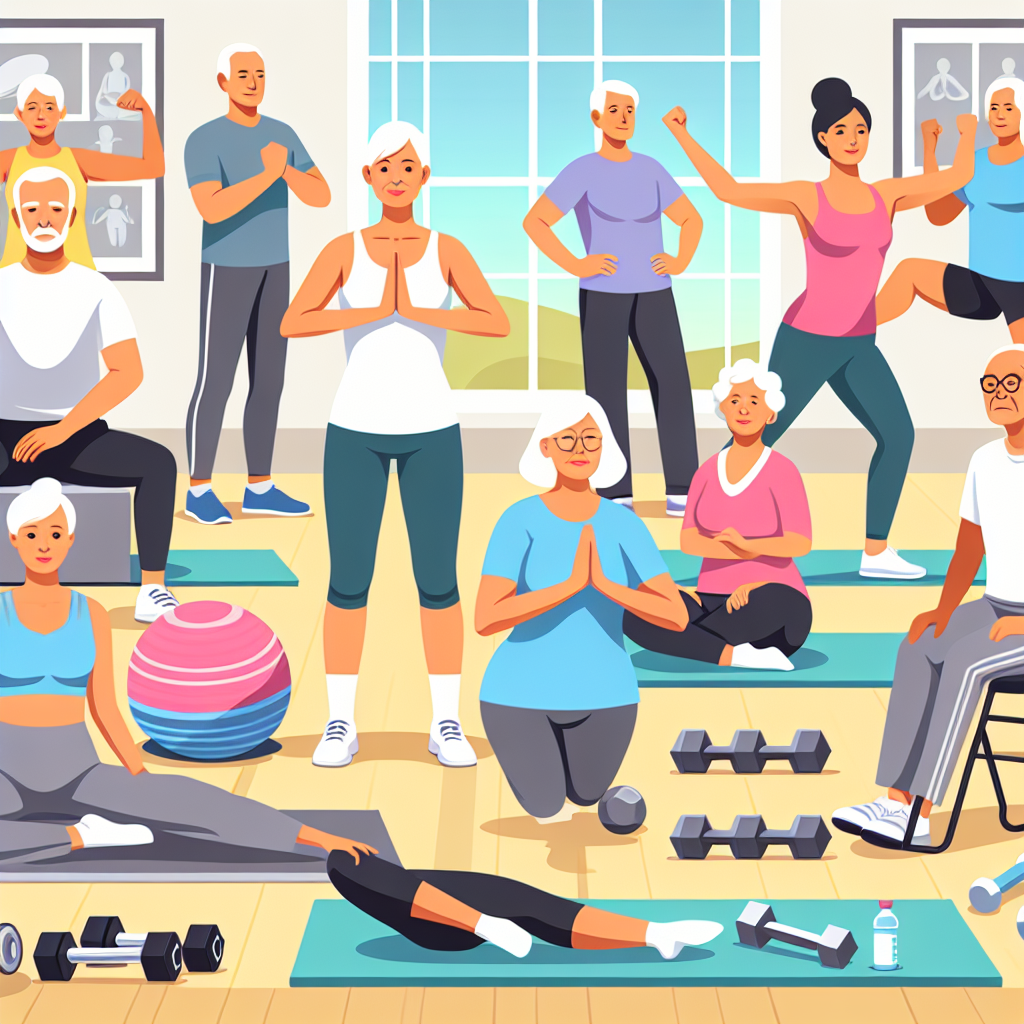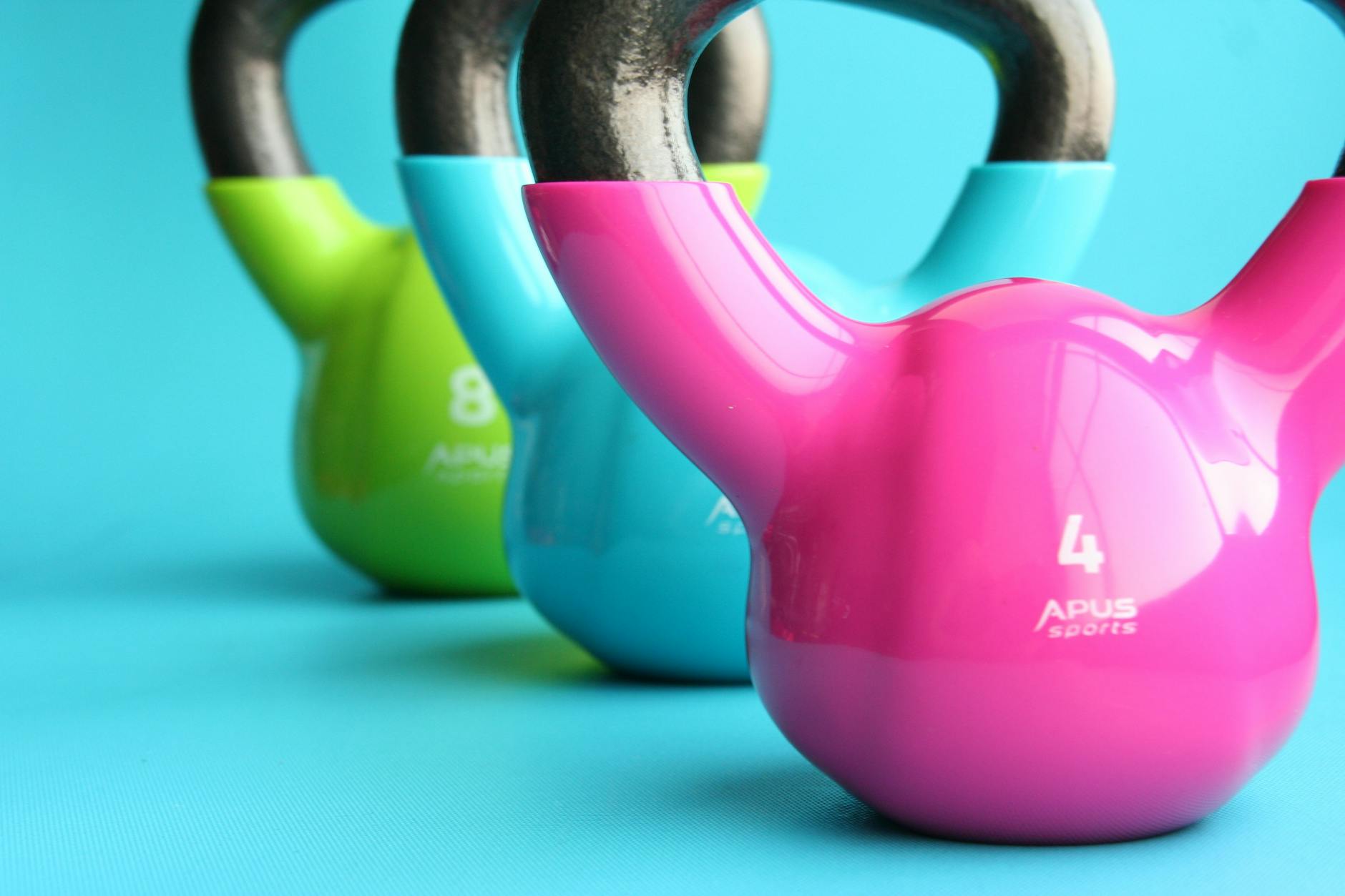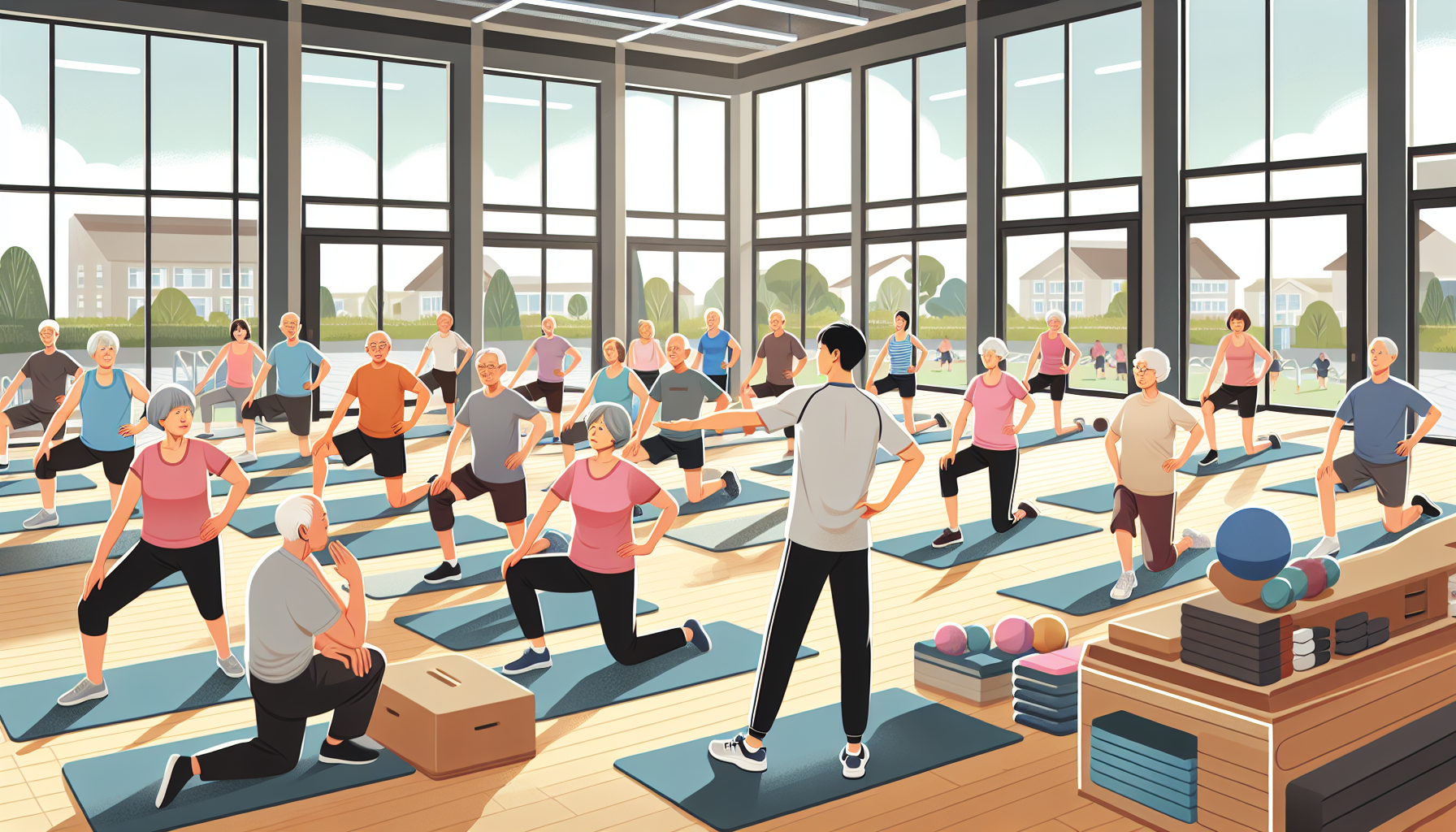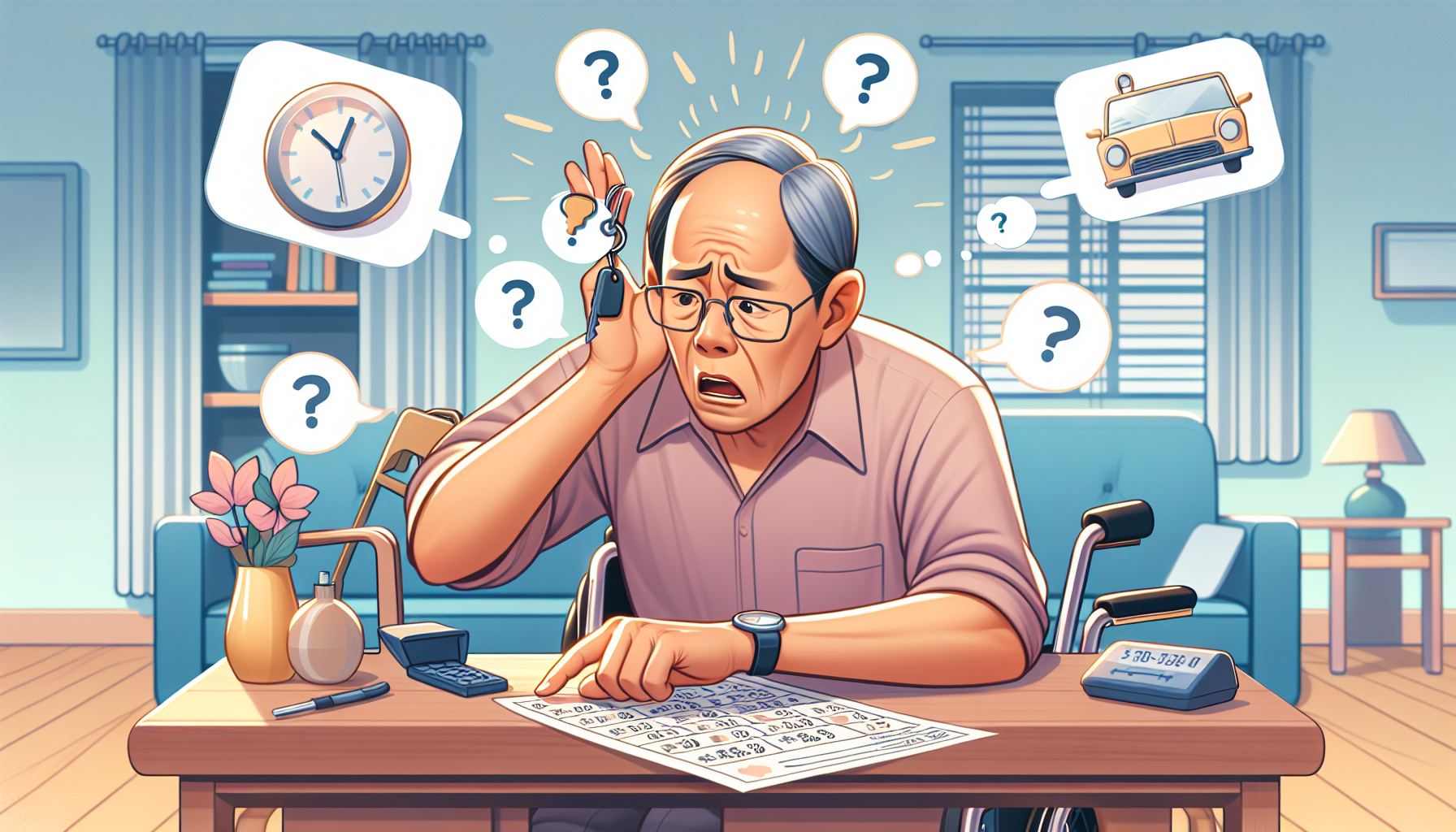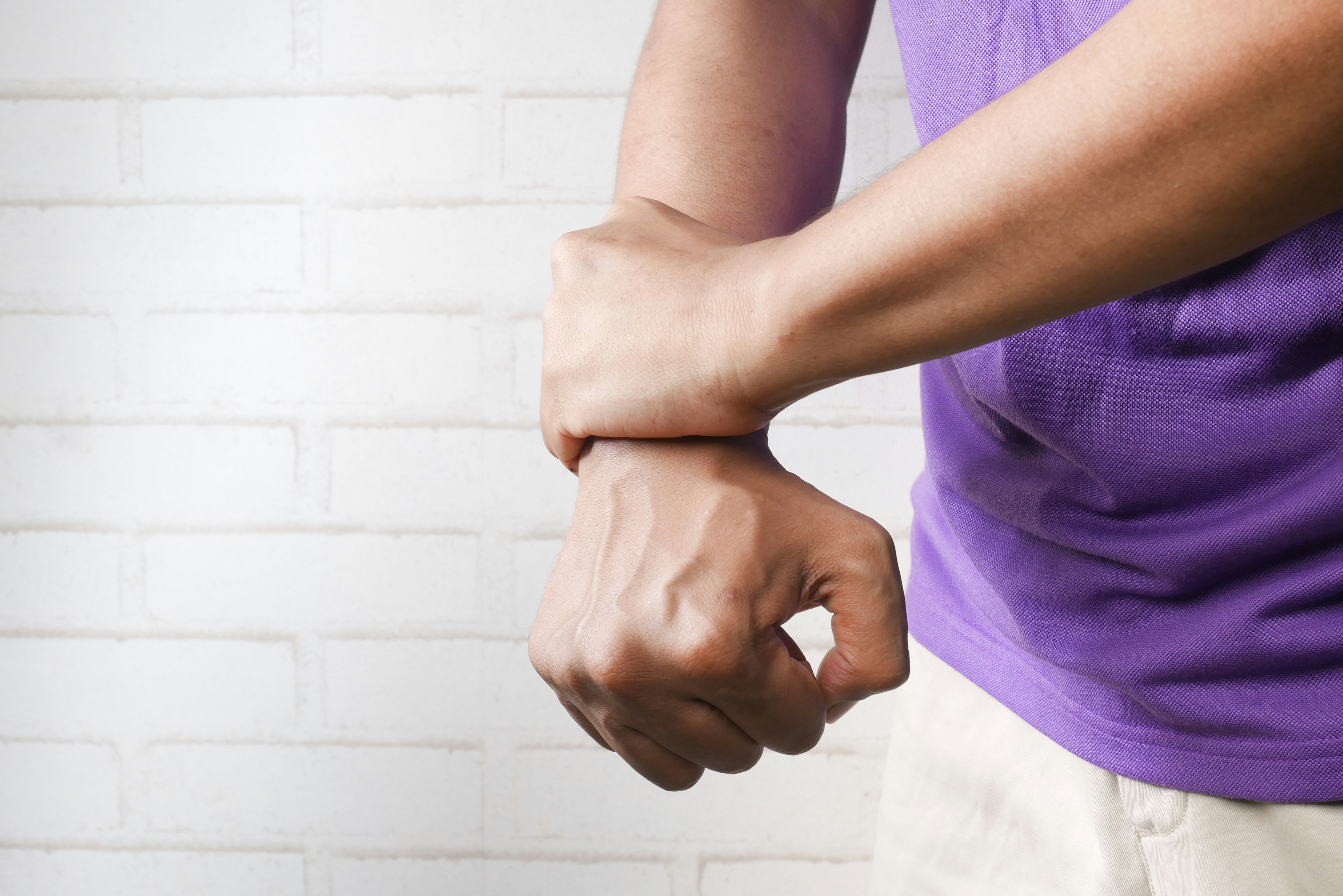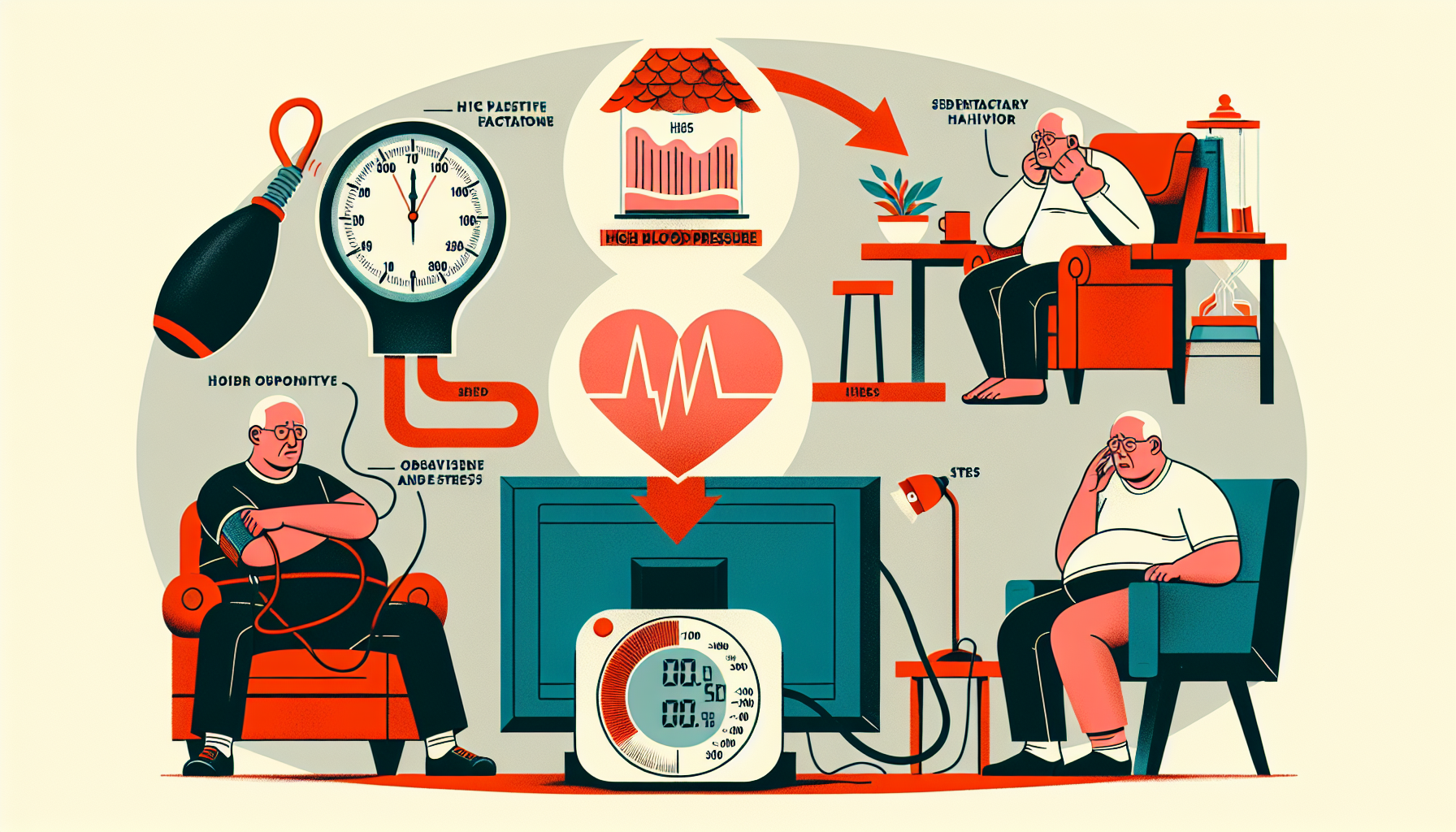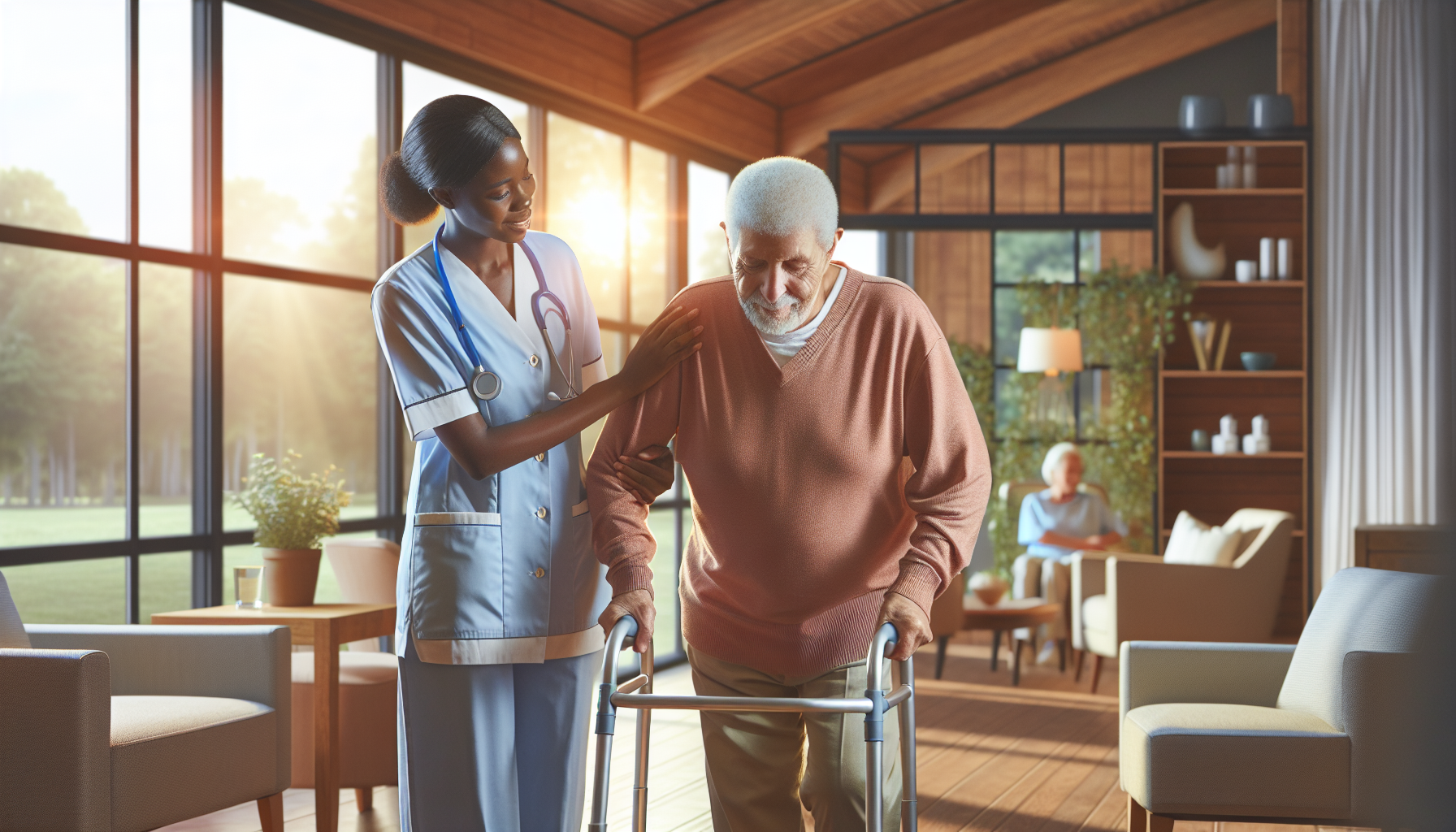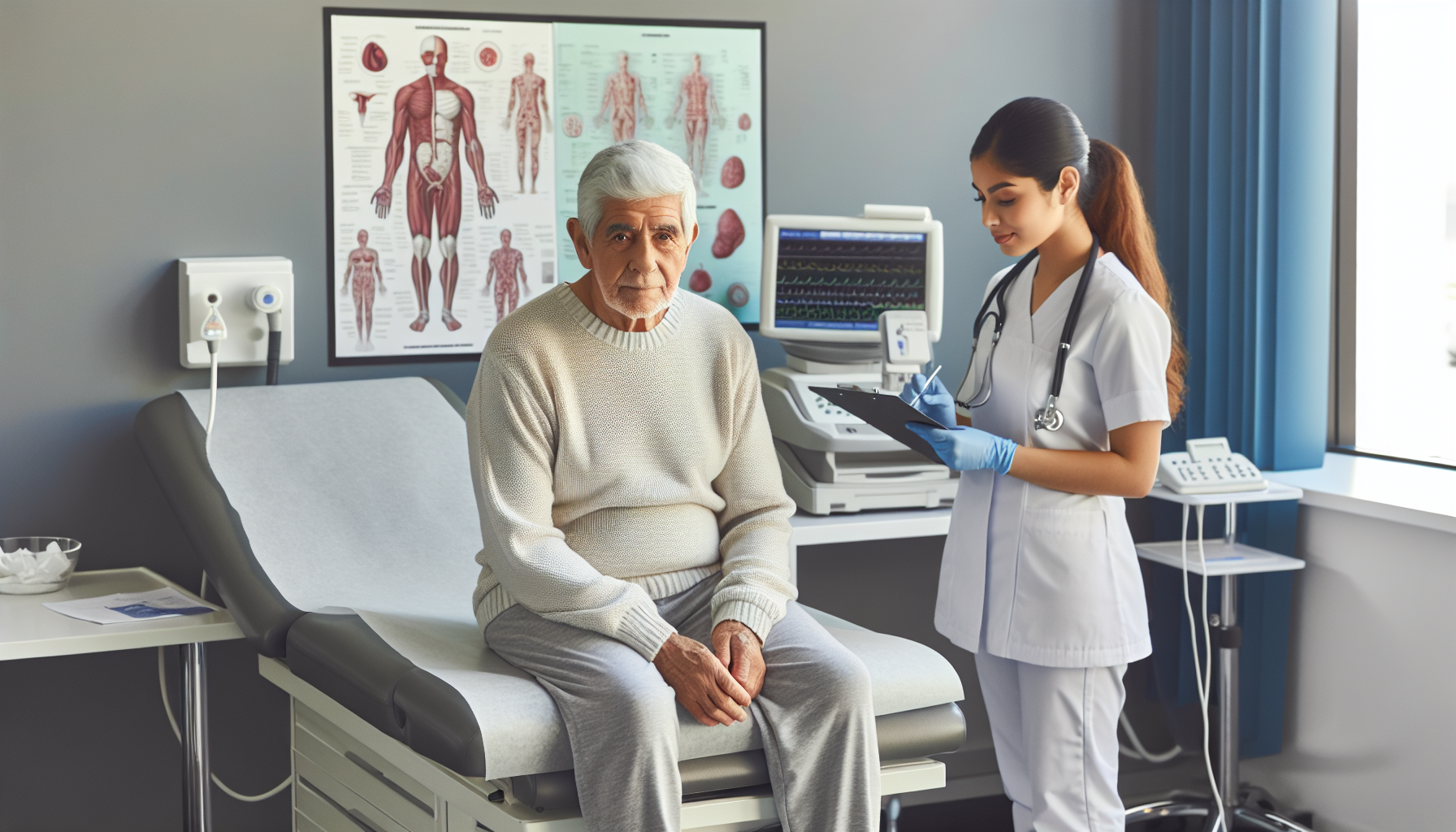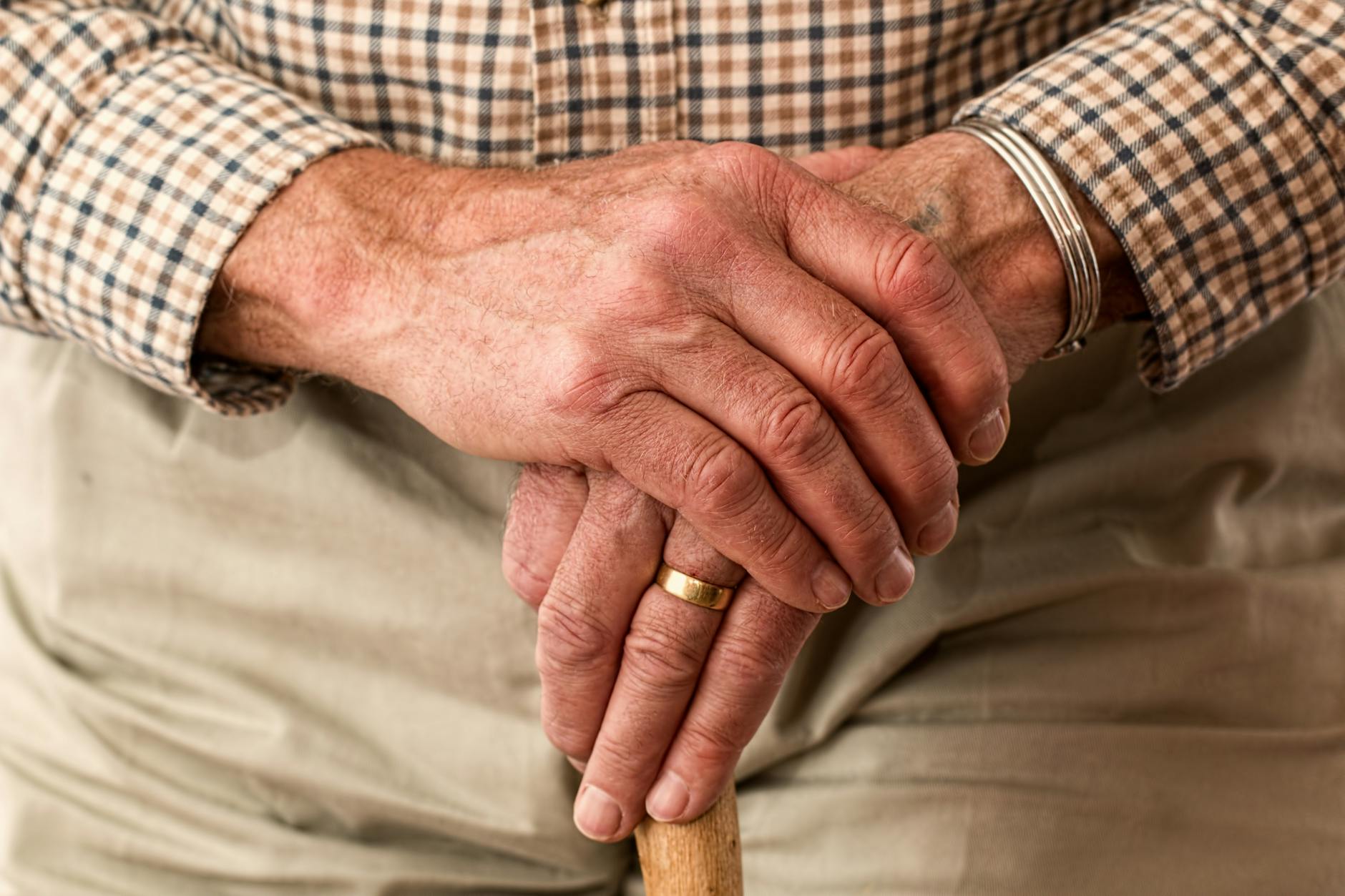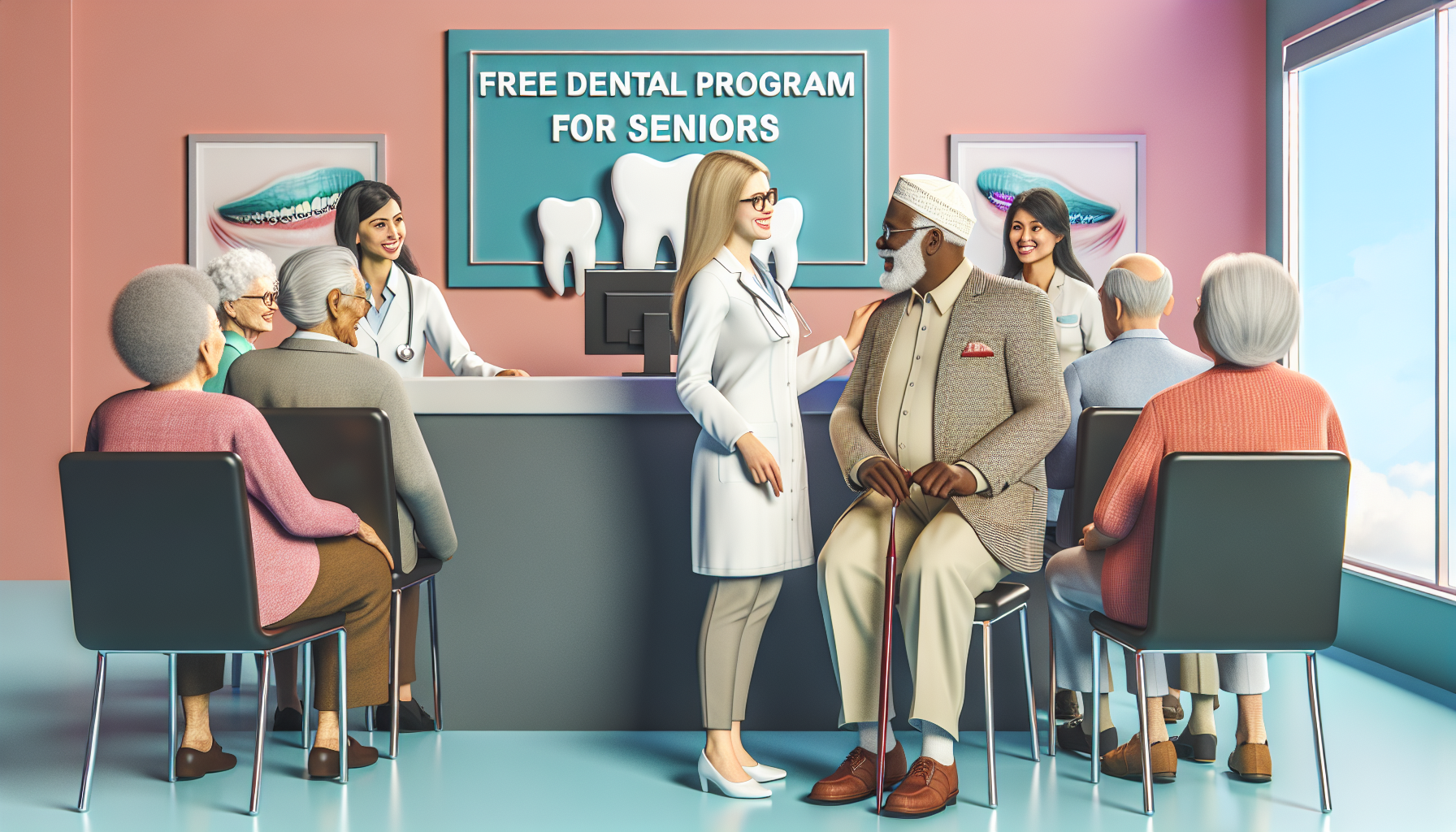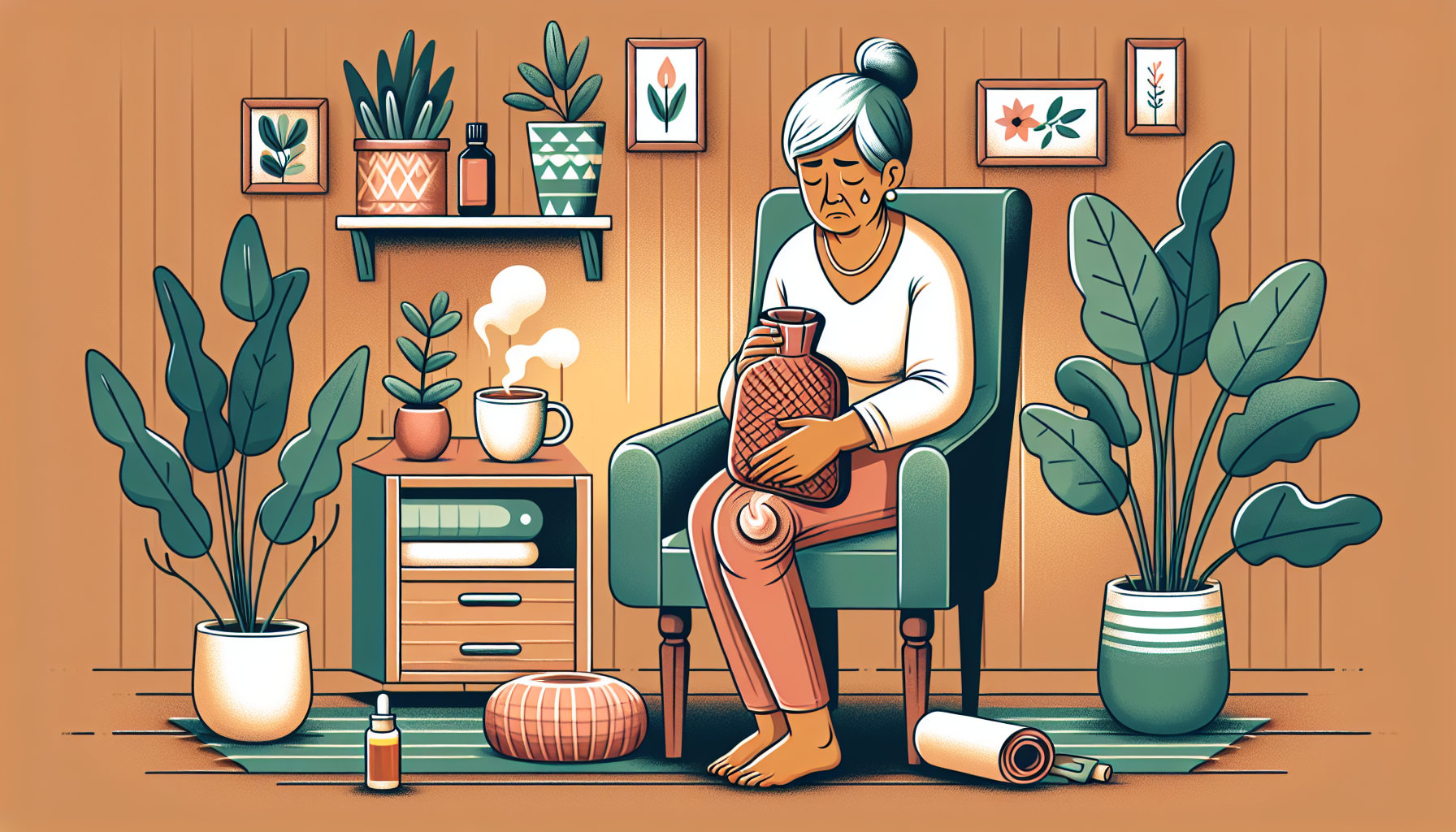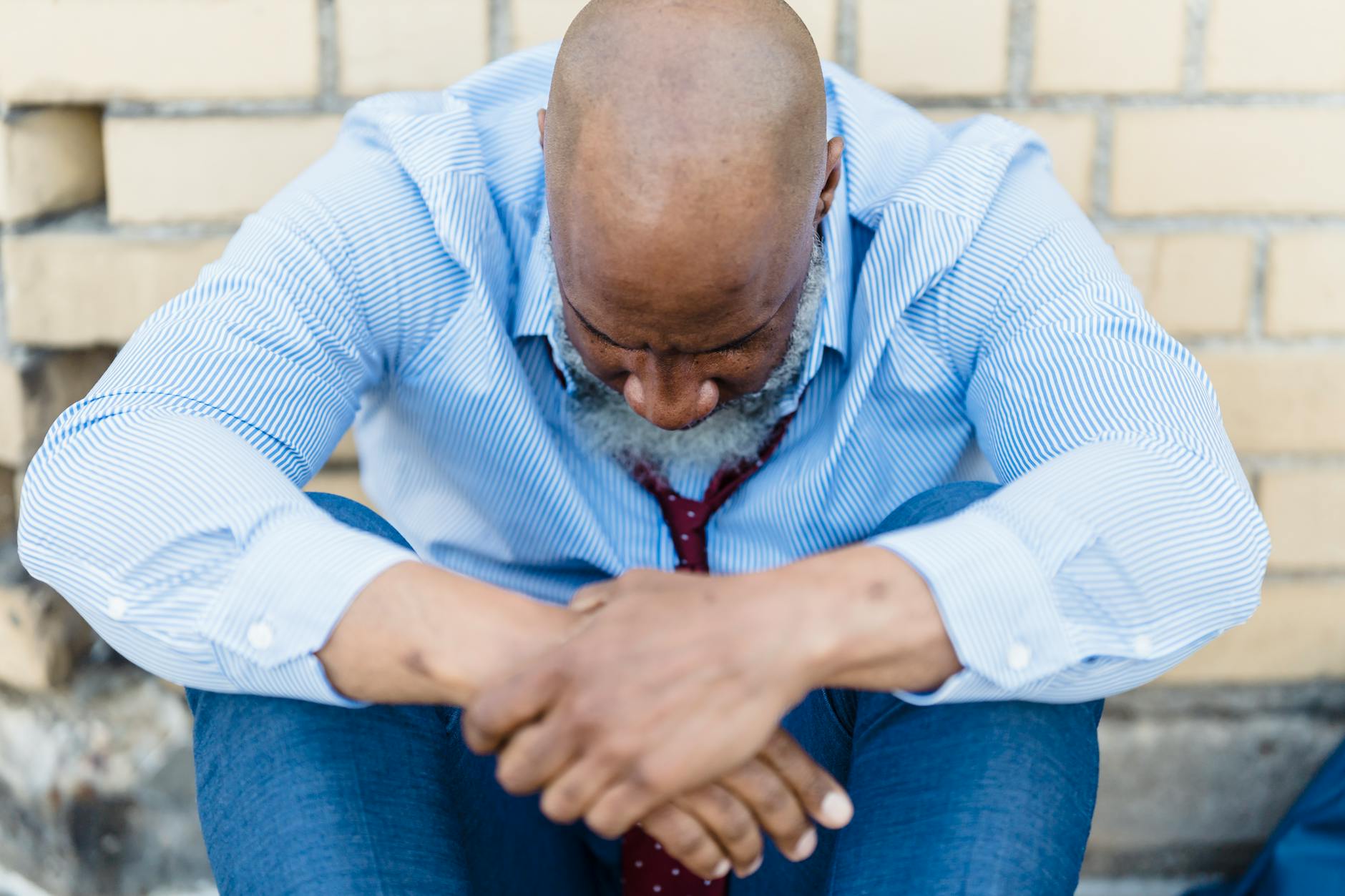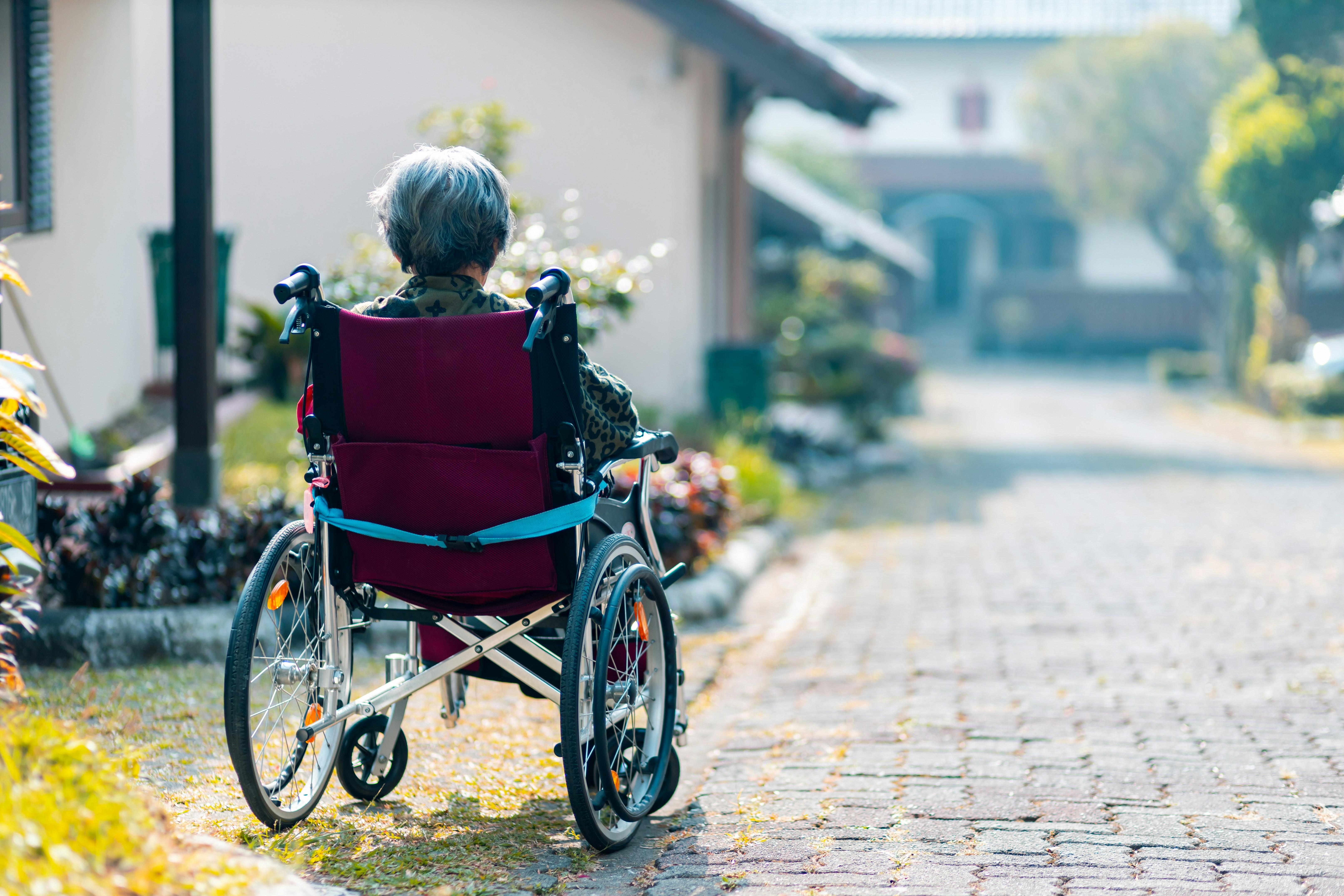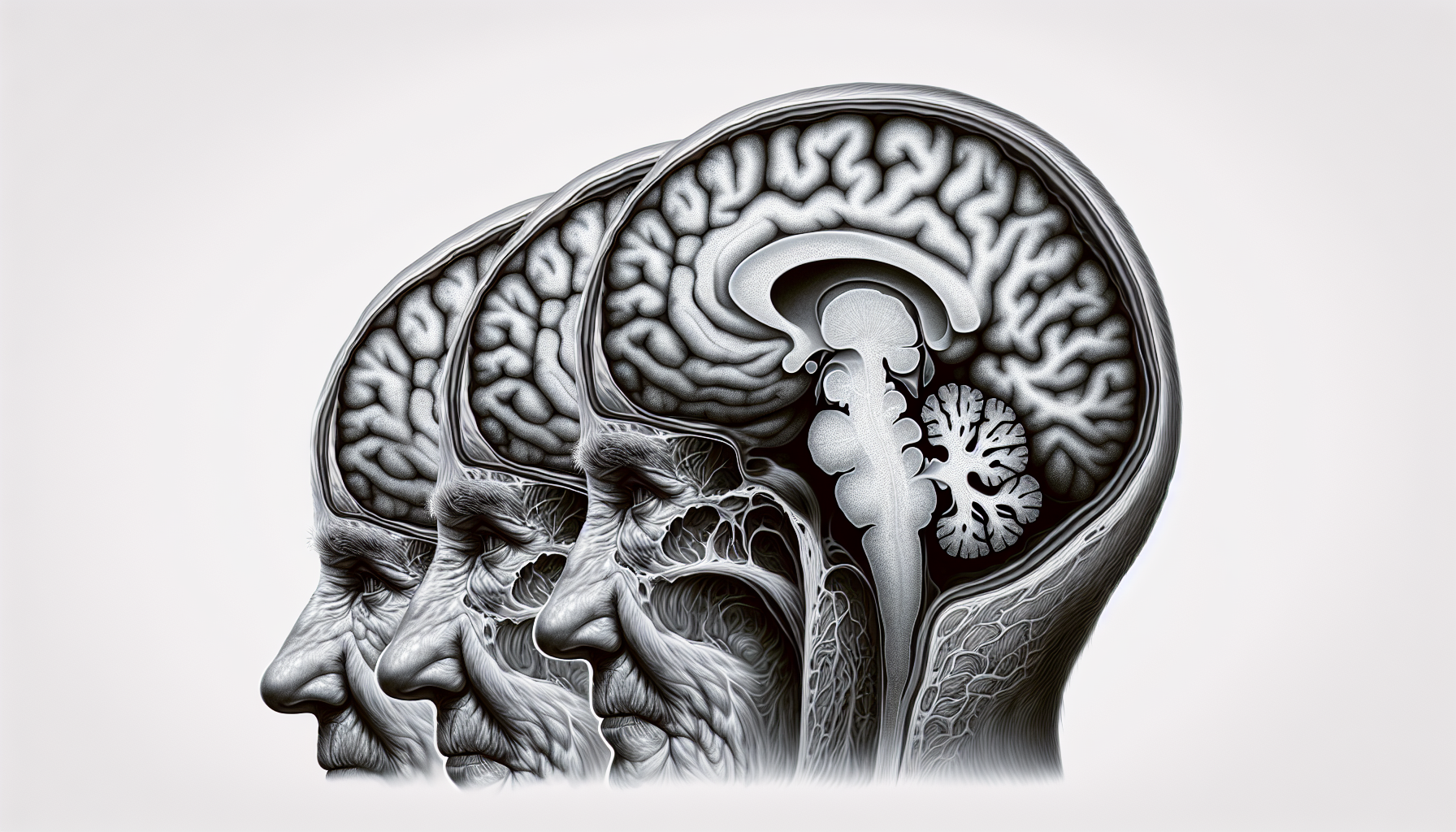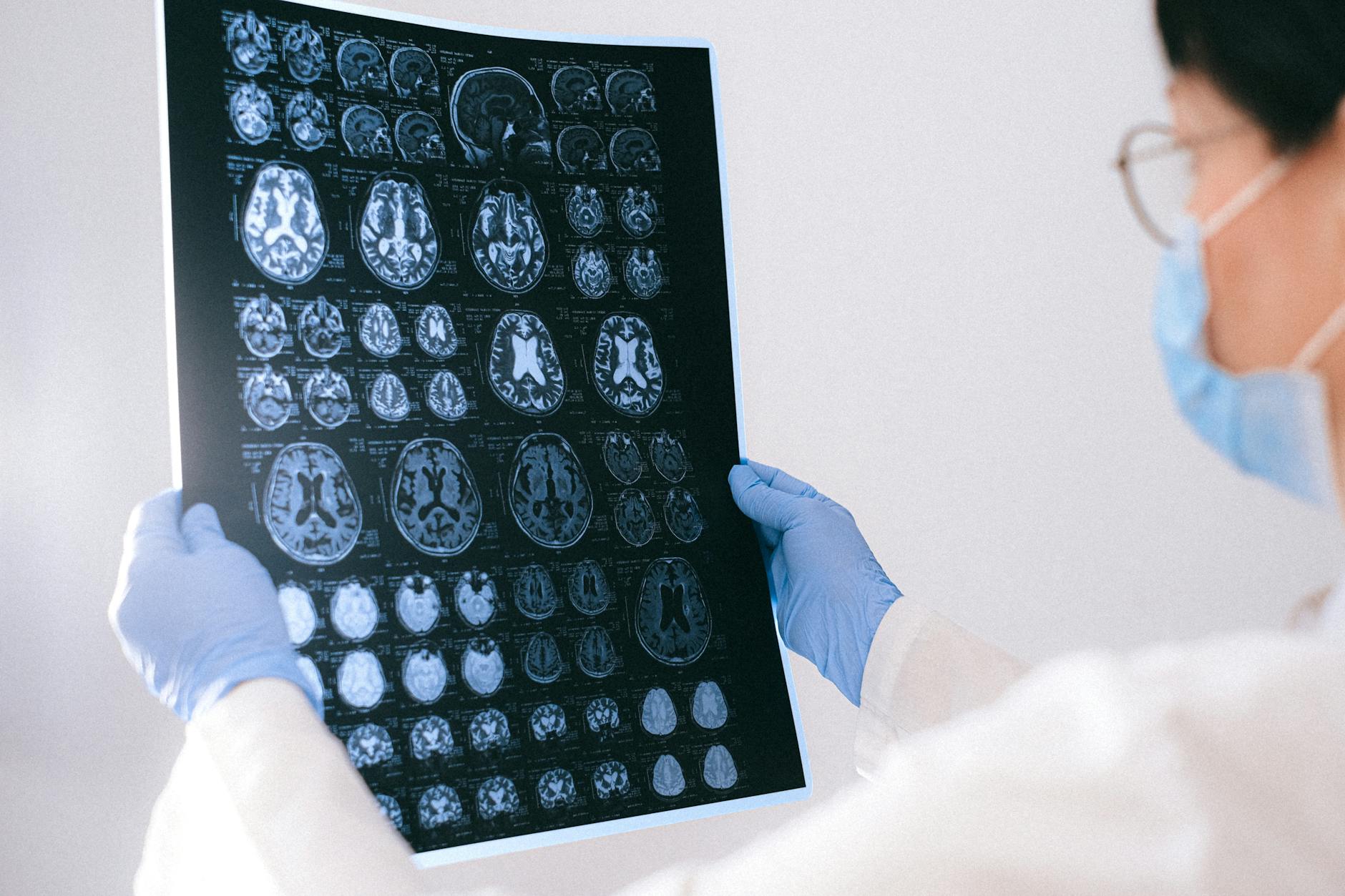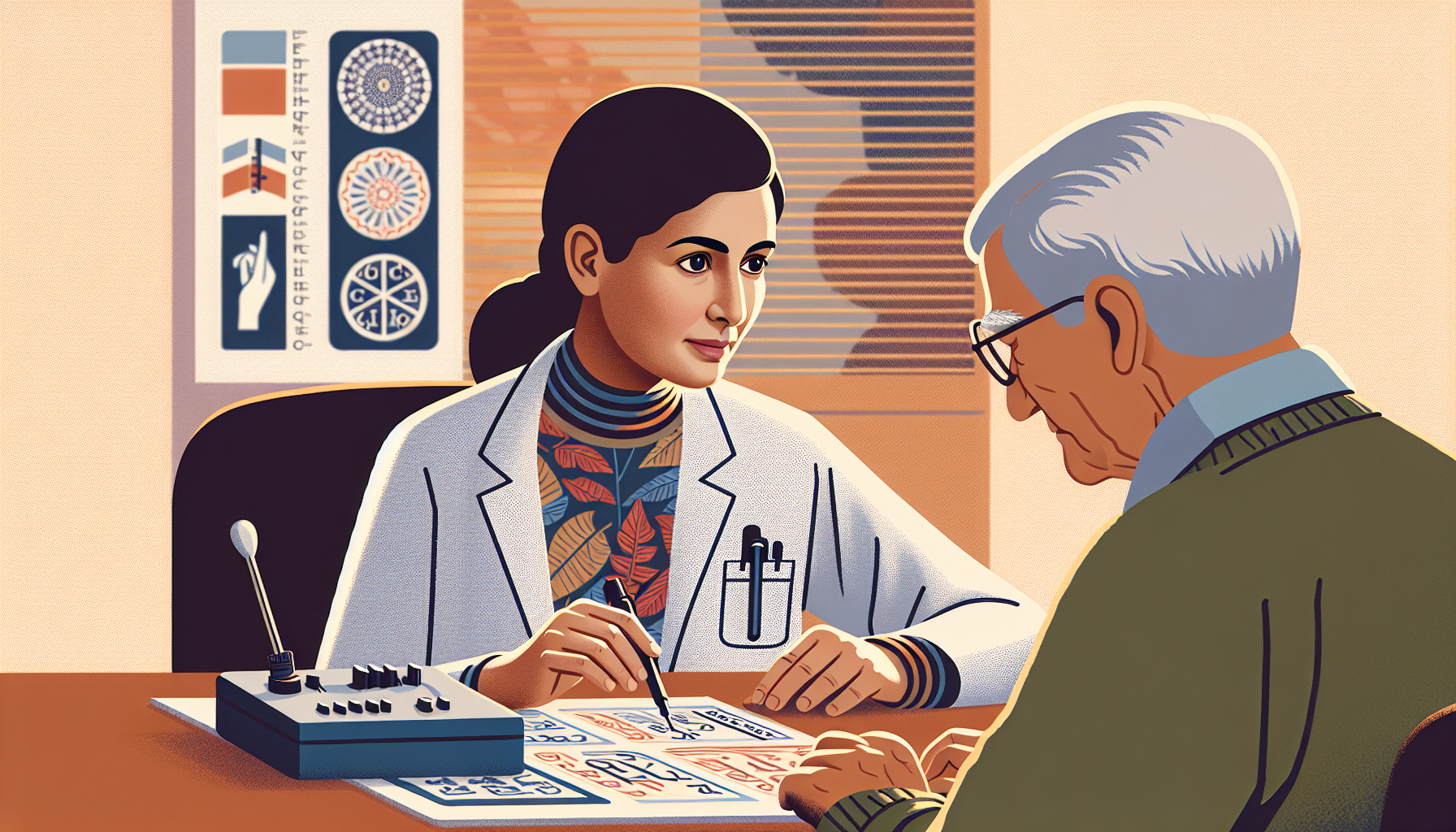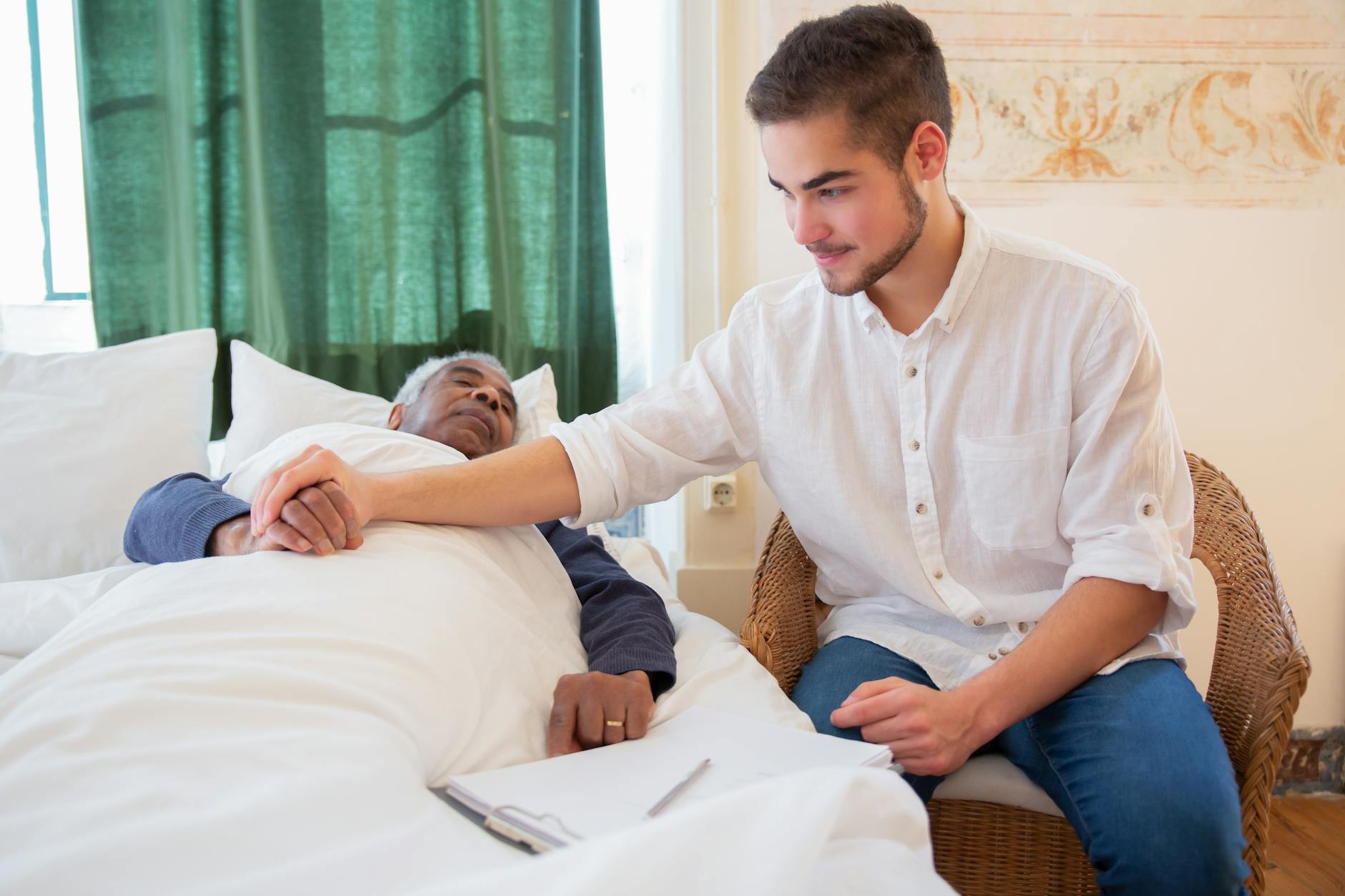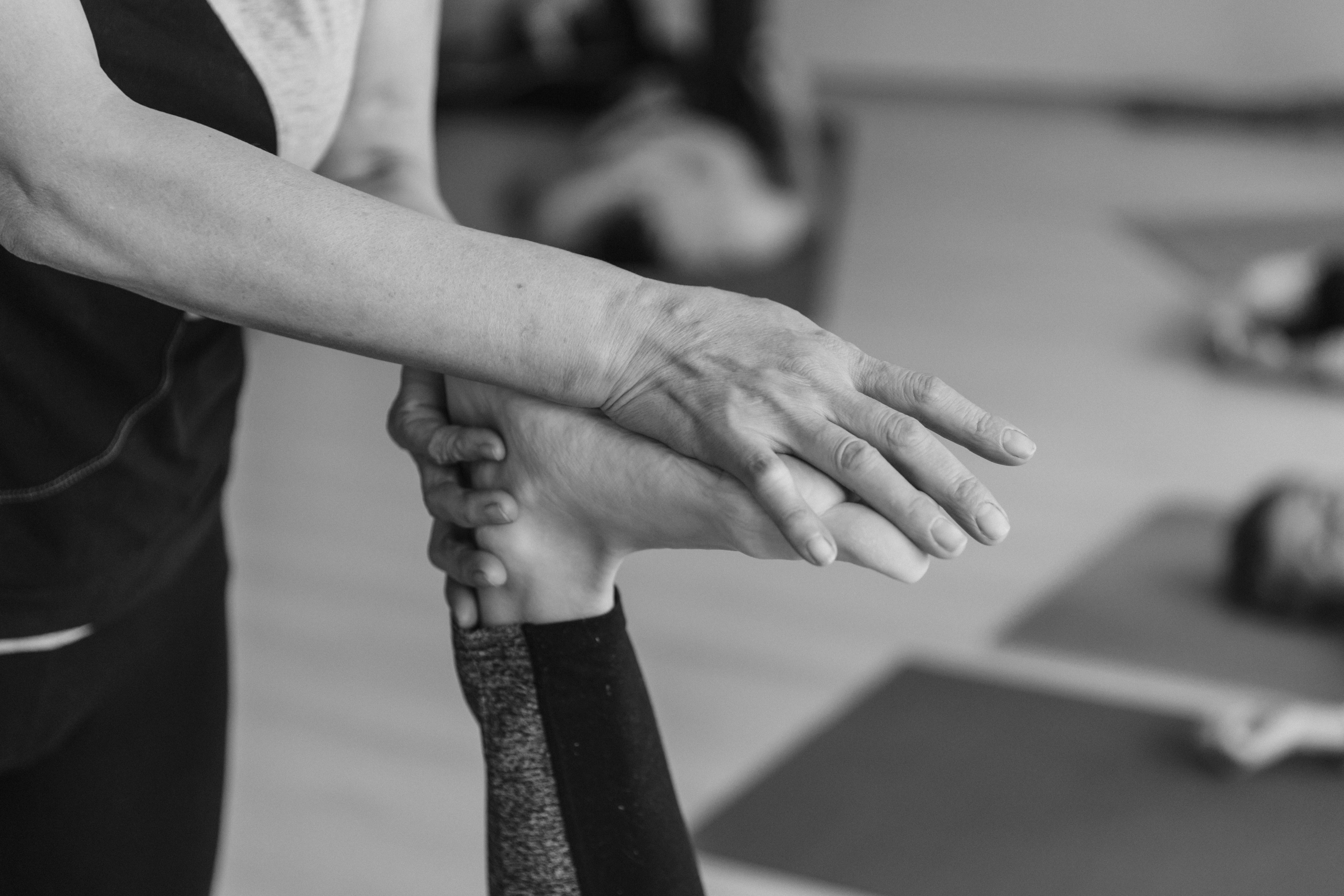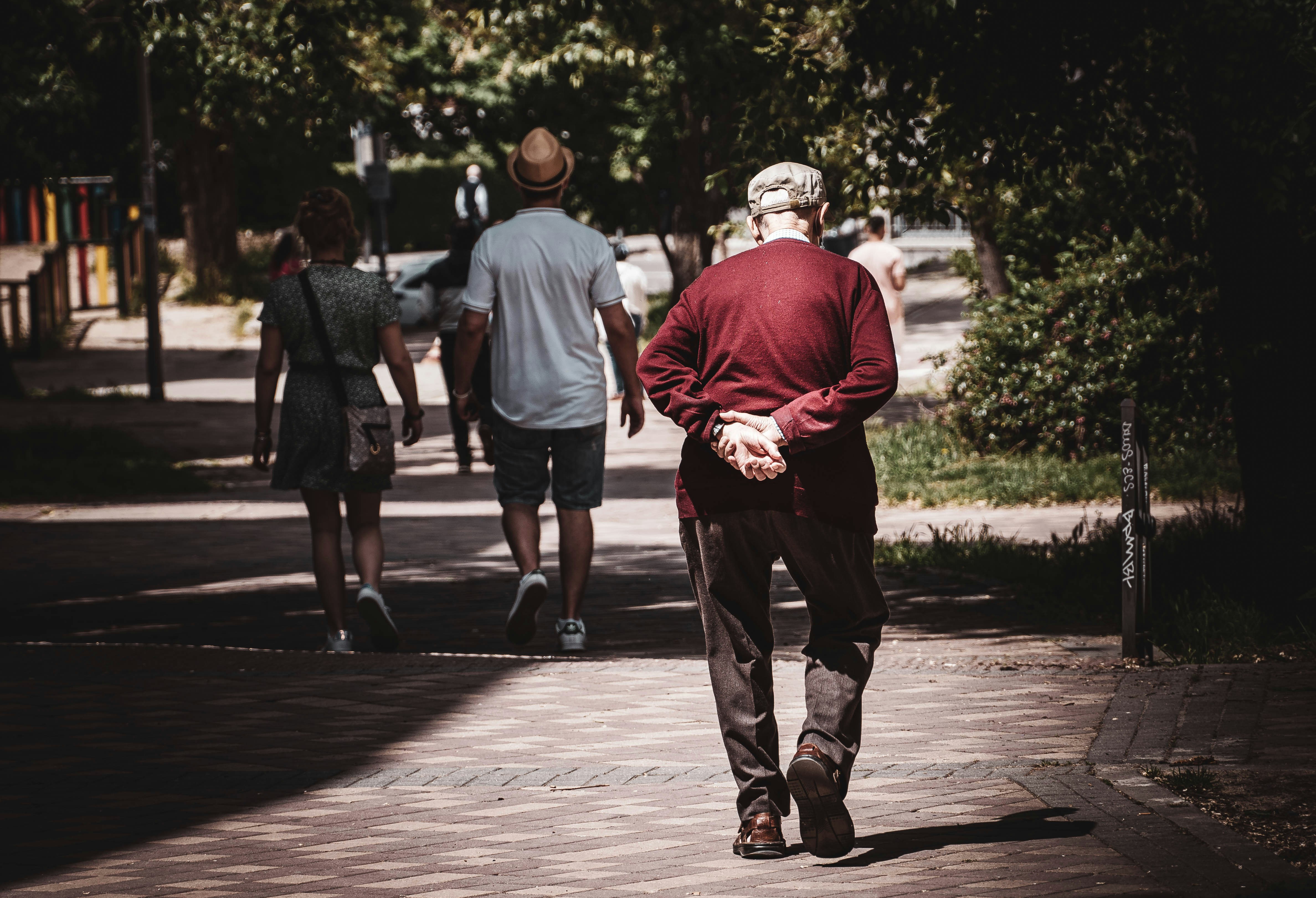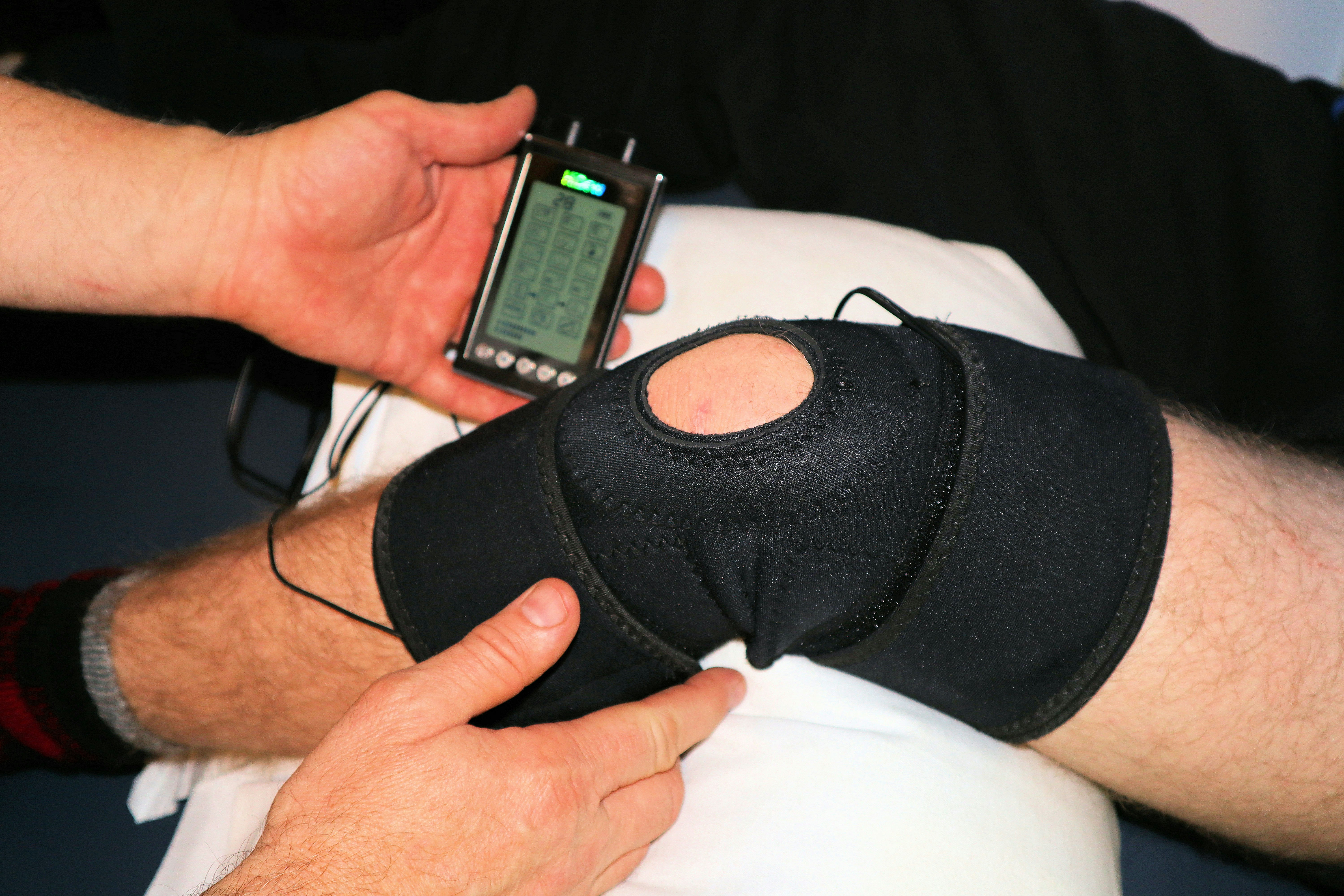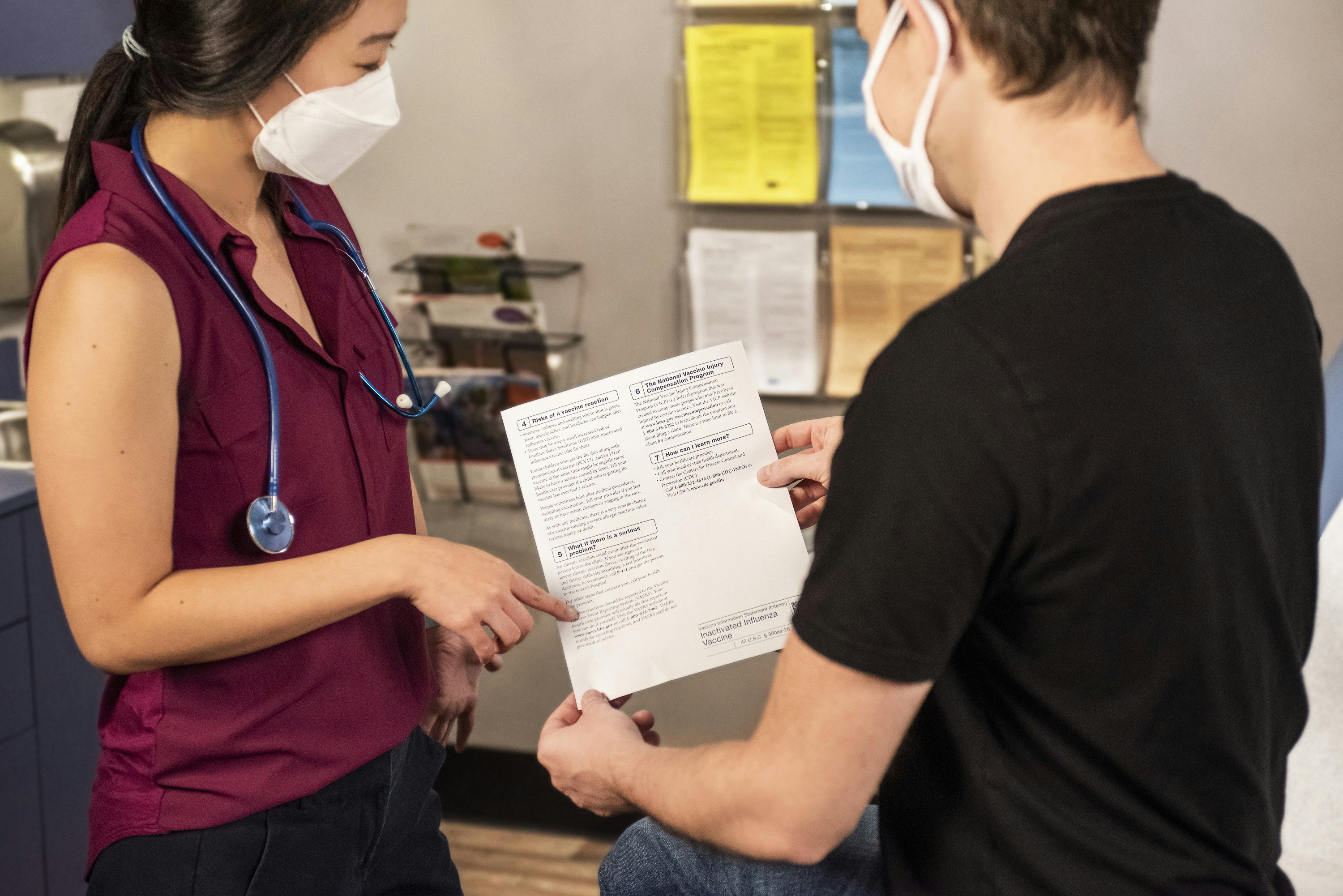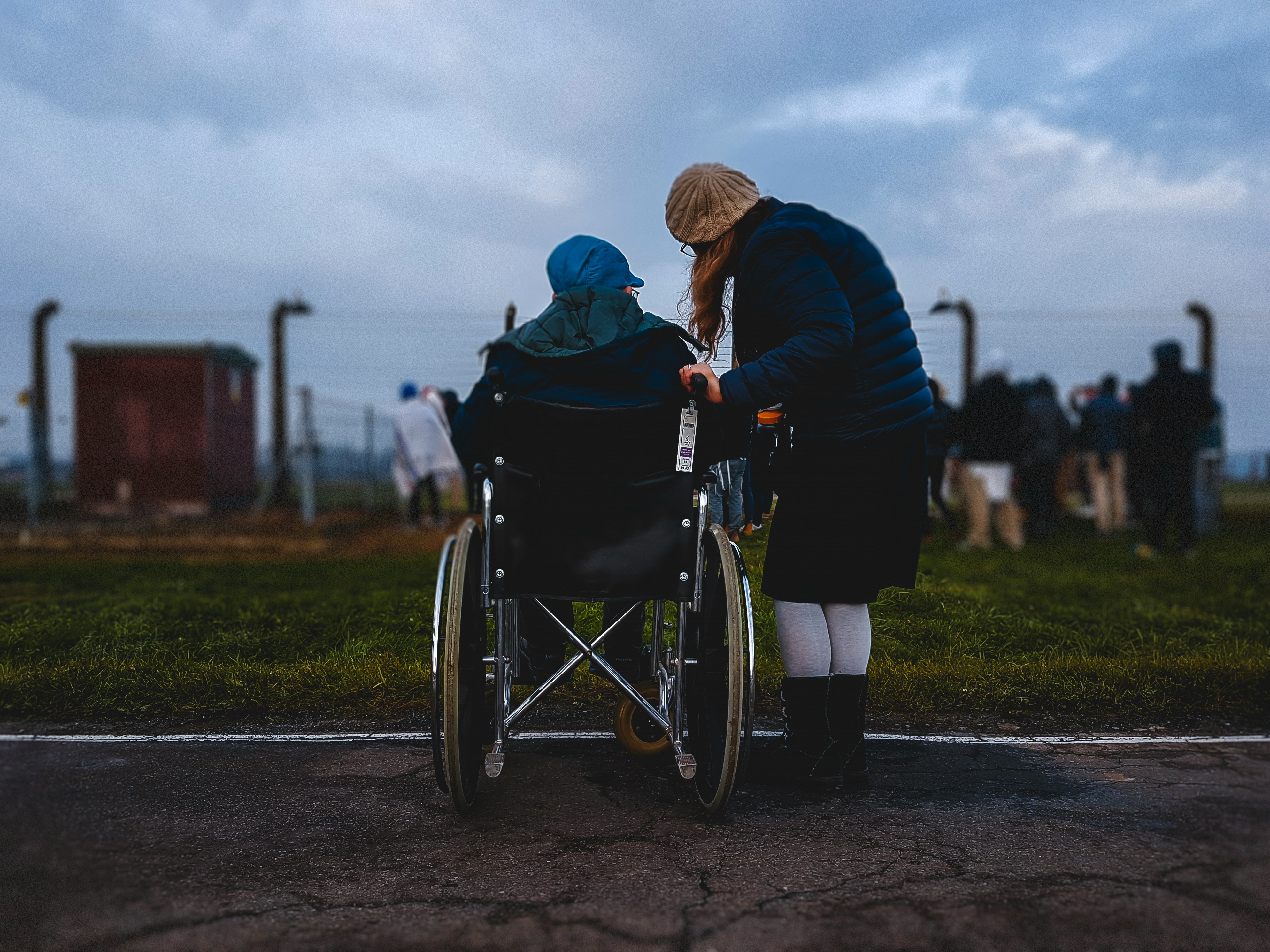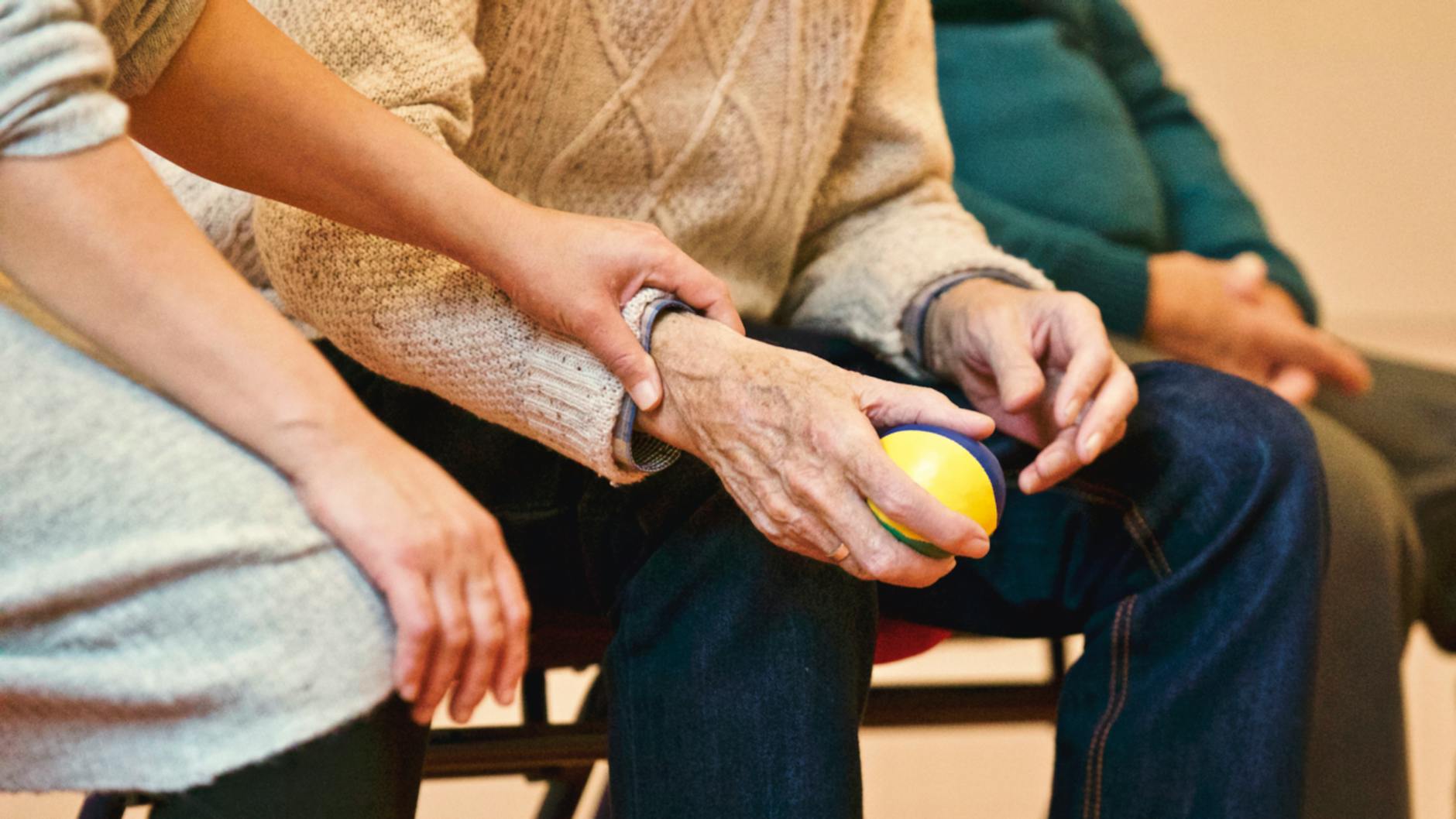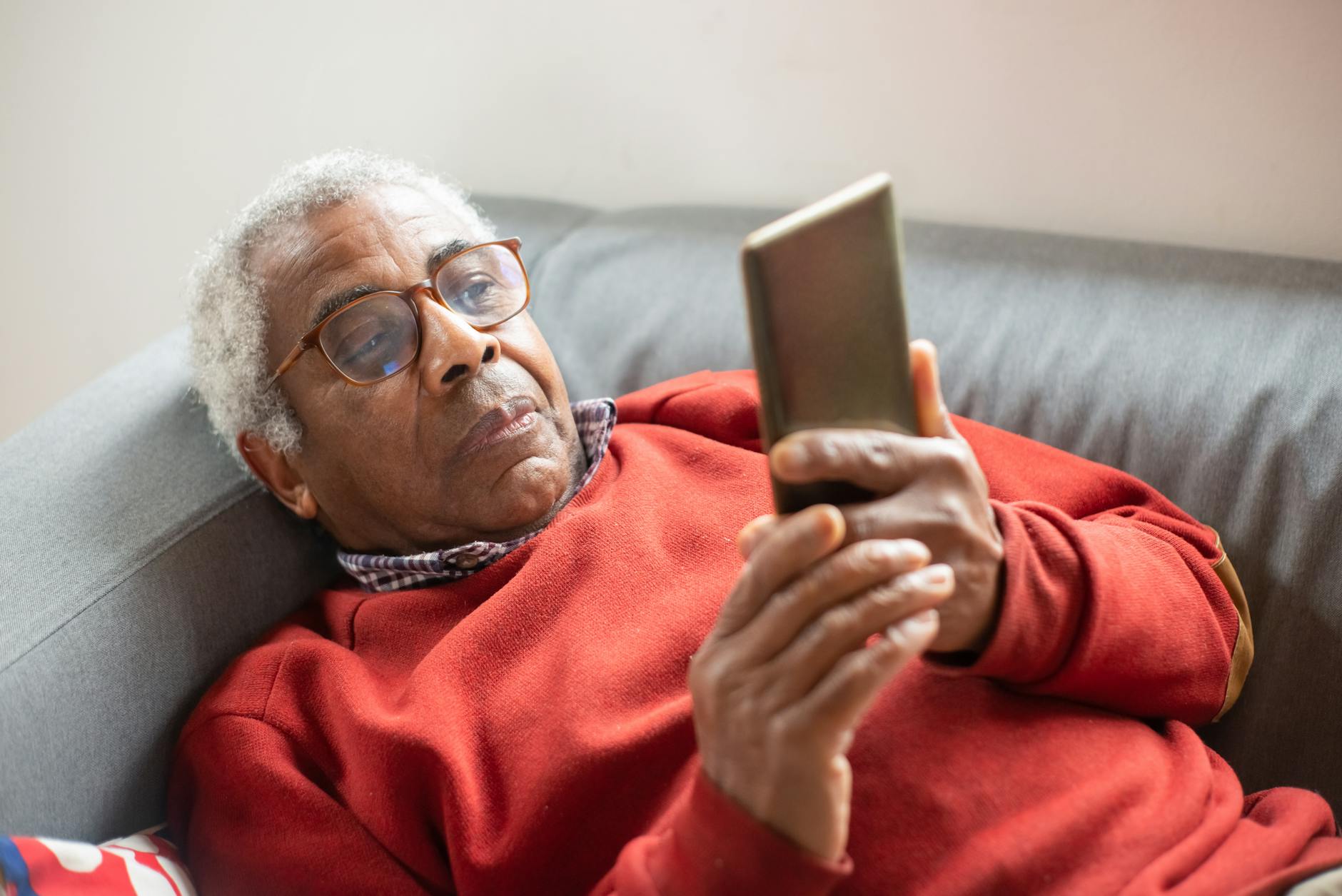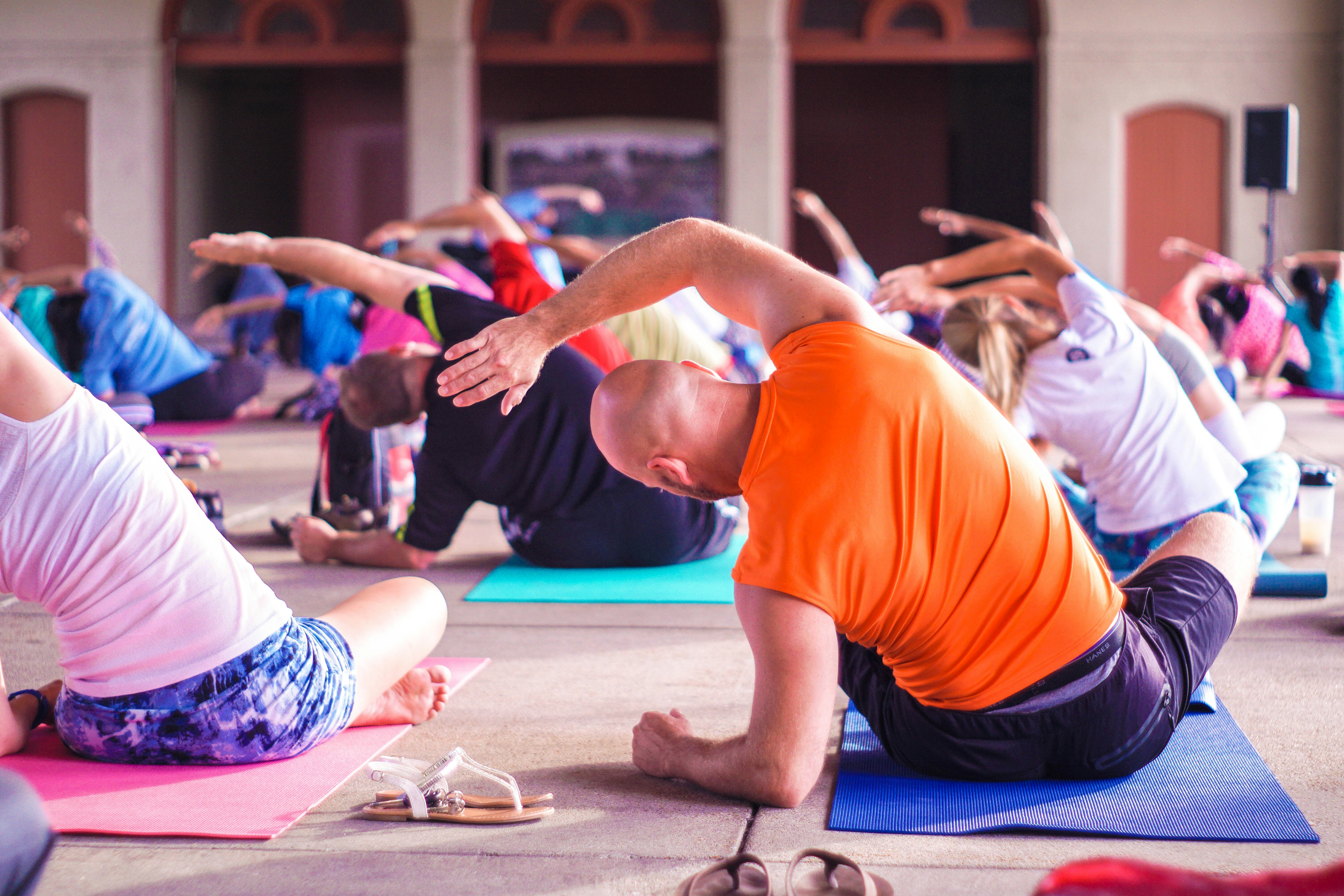Physical Therapy For Elderly
In this article, we will explore the benefits of physical therapy for elderly individuals and how it can help them stay active and healthy.
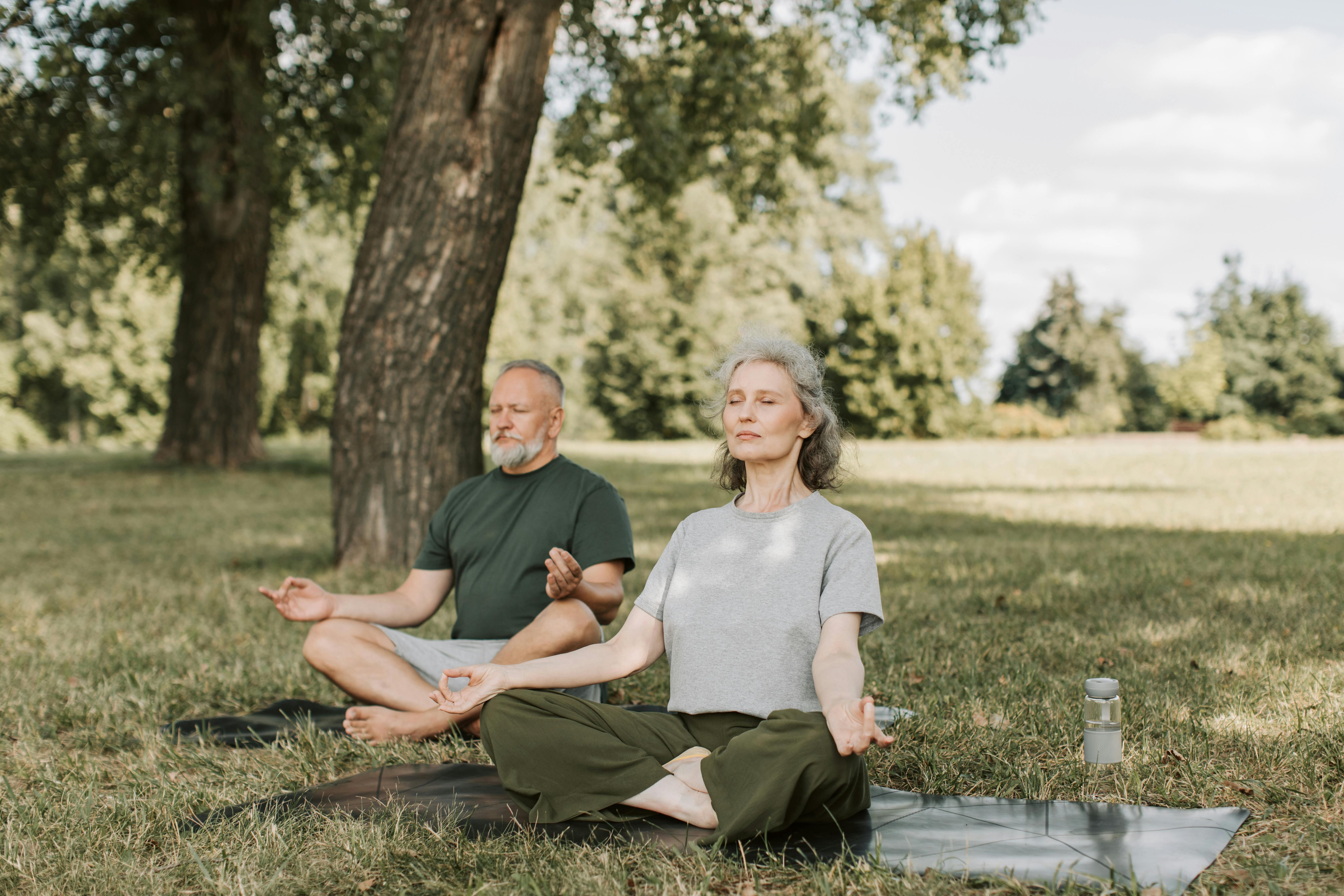
Physical Therapy For Elderly
As we age, our bodies undergo various changes that can lead to decreased mobility, chronic pain, and other physical limitations. Fortunately, physical therapy is a proven method to help seniors maintain their independence and improve their quality of life.
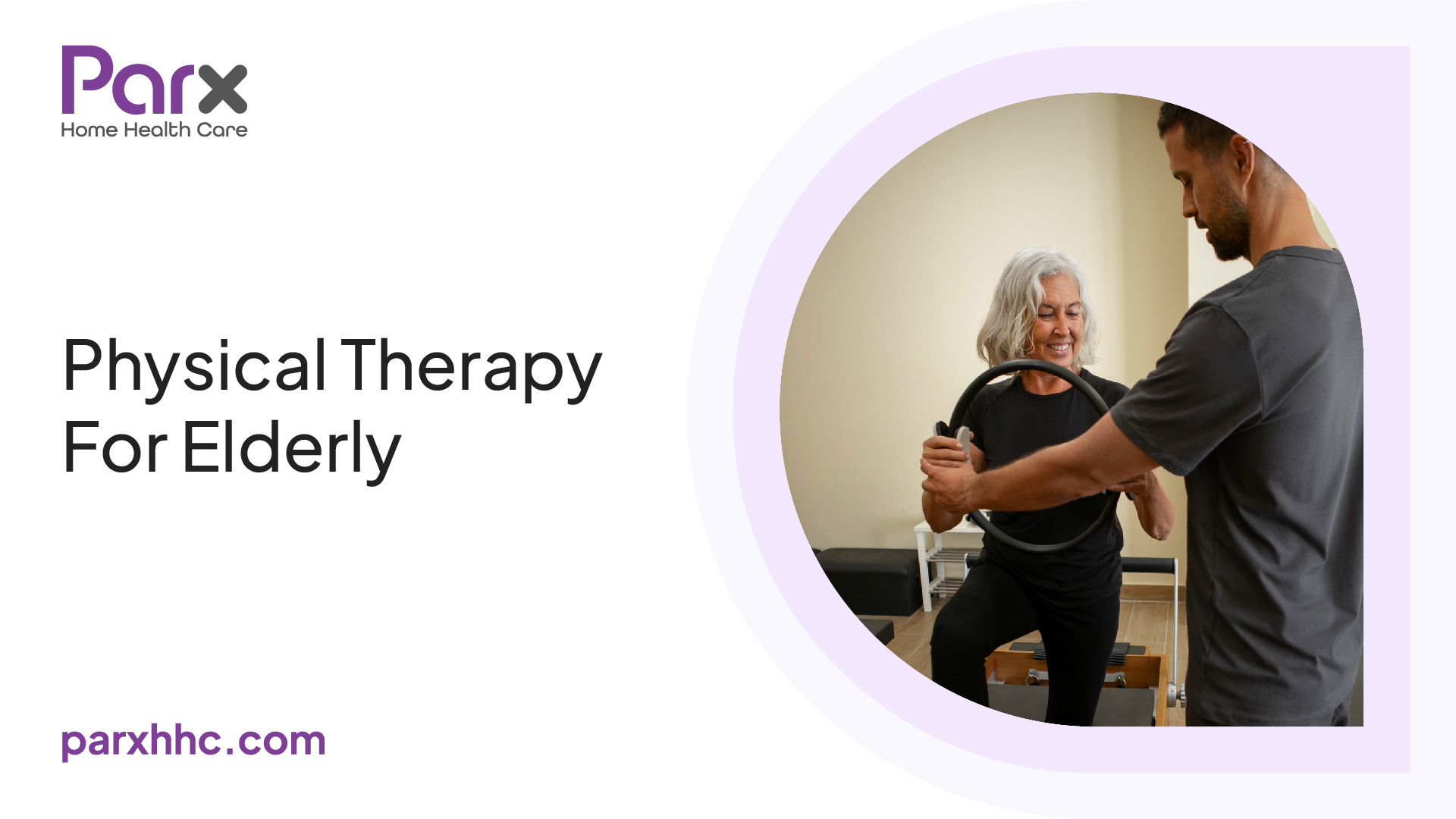
The Benefits of Physical Therapy for Elderly
Physical therapy is a form of rehabilitation that focuses on restoring and improving the physical function of the body. For elderly individuals, physical therapy can be especially beneficial in the following ways:
Pain Management
As we age, chronic pain can become a common issue that can limit our ability to perform daily activities. Physical therapy can help alleviate pain by using various techniques such as massage, stretching, and exercises that target specific areas of the body.
Improved Mobility
Physical therapy can help improve mobility by addressing issues such as balance, coordination, and strength. By incorporating exercises that target these areas, seniors can improve their ability to walk, climb stairs, and perform other activities of daily living.
Prevention of Falls
Falls are a major concern for elderly individuals, as they can lead to serious injuries such as fractures and head trauma. Physical therapy can help seniors improve their balance and stability, which can significantly reduce their risk of falling.
Improved Overall Health
Physical therapy can provide numerous benefits for overall health, such as improved cardiovascular health, better sleep patterns, and improved mental health. This is because physical therapy can help seniors maintain a healthy weight, improve their immune system, and reduce stress and anxiety.
Types of Physical Therapy for Elderly
There are several types of physical therapy that are beneficial for elderly individuals. These include:
Orthopedic Physical Therapy
This type of physical therapy focuses on the musculoskeletal system and is often used to treat conditions such as arthritis and joint pain.
Neurological Physical Therapy
This type of physical therapy is used to treat conditions such as Parkinson's disease and stroke. It focuses on improving mobility and coordination, as well as addressing issues such as muscle weakness and spasticity.
Geriatric Physical Therapy
Geriatric physical therapy is specifically designed for elderly individuals and focuses on improving overall mobility and quality of life. It can help seniors maintain their independence and prevent age-related conditions such as osteoporosis and arthritis.
Strategies for Incorporating Physical Activity into Daily Routines
For elderly individuals who may not be able to participate in traditional exercise programs, there are still ways to incorporate physical activity into their daily routines. Here are some strategies that can help:
Household Chores and Tasks
Simple household chores such as sweeping, mopping, and gardening can provide a good source of physical activity. Encouraging seniors to do these tasks can help keep them active while also contributing to the upkeep of their home.
Walking Clubs or Groups
Joining a walking club or group can provide an opportunity for socialization and physical activity. Seniors who may not feel comfortable walking alone can benefit from the support and encouragement of others.
Chair Exercises
Chair exercises can be a great option for seniors with limited mobility. These exercises can be done while sitting down and focus on improving strength, flexibility, and balance.
Yoga or Tai Chi
Yoga and Tai Chi are low-impact exercises that focus on breathing techniques, meditation, and gentle movements. These exercises can improve flexibility, balance, and reduce stress levels.
By incorporating physical activity into their daily routines through these strategies, elderly individuals can maintain their independence, improve their overall health, and reduce their risk of falls or other age-related conditions.
How to Choose the Right Physical Therapist for Elderly Individuals?
Choosing the right physical therapist is crucial to ensure that elderly individuals receive quality care and achieve their desired outcomes. Here are some factors to consider when selecting a physical therapist:
Experience and Credentials
It is important to choose a physical therapist who has experience working with elderly individuals and is specialized in geriatric physical therapy. Look for therapists who have completed additional training or certification programs in this field.
Communication Skills
A good physical therapist should be able to communicate effectively with elderly patients, as well as their family members or caregivers. They should be able to explain treatment plans clearly, answer questions, and provide guidance on exercises that can be done at home.
Availability and Accessibility
Consider the location of the physical therapy clinic and whether it is easily accessible for the elderly individual. Additionally, consider the availability of appointments and whether the therapist can accommodate any scheduling needs.
Personal Connection
Lastly, consider whether there is a good personal connection between the elderly individual and the physical therapist. A positive relationship can help motivate seniors to continue with their therapy regimen and achieve better outcomes.
Management of Chronic Conditions
In addition to the benefits mentioned earlier, physical therapy can also play a significant role in managing chronic conditions such as diabetes, hypertension, and heart disease. By incorporating exercise into their treatment plans, elderly individuals can improve their blood sugar levels, lower their blood pressure, and reduce their risk of cardiovascular complications.
Physical therapists can work with patients to develop individualized exercise programs that are safe and effective for their specific condition. They can also provide education on proper nutrition and lifestyle modifications that can further improve overall health outcomes.
Research has shown that physical therapy can be an effective alternative or complement to medication for managing chronic conditions in elderly individuals. By working closely with a physical therapist, seniors can take control of their health and improve their quality of life.
Improved Sleep Quality
In addition to the benefits mentioned earlier, physical therapy can also help improve sleep quality in elderly individuals. As we age, our sleep patterns tend to change, which can lead to conditions such as insomnia and sleep apnea. Physical therapy can address these issues by incorporating exercises that improve breathing patterns and promote relaxation.
For example, deep breathing exercises and gentle stretches before bedtime can help seniors relax and fall asleep more easily. Physical therapists can also provide education on proper sleeping positions and pillows that can reduce the risk of sleep-related disorders such as sleep apnea.
By improving sleep quality through physical therapy, elderly individuals can enjoy better overall health outcomes and a higher quality of life.
The Benefits of Group Physical Therapy Sessions for Elderly
In addition to one-on-one physical therapy sessions, group physical therapy can also be highly beneficial for elderly individuals. Group sessions provide an opportunity for socialization and community engagement, which can help seniors feel less isolated and more connected to others.
Physical therapy groups can also offer a supportive environment where seniors can share their experiences and receive encouragement from others who may be going through similar challenges. This sense of community can help motivate seniors to continue with their therapy regimen and achieve better outcomes.
Moreover, group physical therapy sessions often incorporate exercises that are designed for a group setting. These exercises may involve partner work or team activities that can make the experience more enjoyable and engaging for participants.
Overall, group physical therapy sessions are an effective way to improve not only physical health but also mental well-being by promoting socialization and community engagement among elderly individuals.
Addressing Age-Related Conditions with Physical Therapy
In addition to the benefits mentioned earlier, physical therapy can also help address common age-related conditions such as osteoporosis and sarcopenia. These conditions can lead to decreased bone density and muscle mass, which can increase the risk of falls and fractures.
Physical therapy can help prevent and manage these conditions by incorporating exercises that target bone health and muscle strength. Weight-bearing exercises such as walking and resistance training can help improve bone density, while exercises that focus on muscle strength can help prevent sarcopenia.
Furthermore, physical therapists can provide education on proper nutrition and lifestyle modifications that can further improve bone health and muscle strength. By incorporating physical therapy into their treatment plans, elderly individuals can reduce their risk of falls and fractures while improving their overall quality of life.
How Physical Therapy Can Help Elderly Individuals Recover from Surgery or Hospitalization?
Physical therapy can be highly beneficial for elderly individuals recovering from surgery or hospitalization. After a prolonged period of bed rest, seniors may experience muscle weakness, joint stiffness, and reduced mobility. Physical therapy can help in the following ways:
Restoring Mobility
Physical therapy can help restore mobility by incorporating exercises that target specific areas of the body affected by surgery or hospitalization. These exercises can help improve range of motion, flexibility and strength.
Pain Management
Surgery or hospitalization can often result in pain and discomfort. Physical therapy can alleviate pain through various techniques such as massage, heat/cold therapy, and exercises.
Regaining Independence
After surgery or hospitalization, elderly individuals may struggle with basic activities of daily living such as getting dressed or bathing. Physical therapy can provide seniors with the necessary skills to regain their independence and perform these activities on their own.
By incorporating physical therapy into their recovery plan, elderly individuals can recover faster from surgery or hospitalization while improving their overall quality of life.
Benefits of Physical Therapy for Elderly Individuals with Depression and Anxiety
Physical therapy can be a powerful tool for managing and reducing symptoms of depression and anxiety in elderly individuals. Exercise has been shown to release endorphins, which are natural mood boosters. Physical therapy can incorporate exercises that promote relaxation and reduce stress levels, such as deep breathing techniques and gentle stretches. Additionally, group physical therapy sessions provide an opportunity for socialization and community engagement, which can help combat feelings of loneliness and isolation that often contribute to depression and anxiety. By improving mental well-being through physical therapy, elderly individuals can enjoy a higher quality of life overall.
Benefits of Physical Therapy for Elderly Individuals with Vision or Hearing Impairments
Elderly individuals with vision or hearing impairments can greatly benefit from physical therapy. Vision and hearing impairments can significantly impact an individual's functional abilities, making it difficult to perform daily activities such as walking, dressing, and communicating.
Physical therapy can help improve these functional abilities by incorporating exercises that target balance, coordination, and strength. For example, physical therapists can use visual cues or modified exercises to accommodate for vision impairments. Similarly, they can use assistive devices or speech therapy techniques to communicate with individuals who have hearing impairments.
By improving functional abilities through physical therapy, elderly individuals with vision or hearing impairments can maintain their independence and improve their overall quality of life.
Minimizing Risks and Maximizing Benefits of Physical Therapy for Elderly Individuals
While physical therapy can provide numerous benefits for elderly individuals, certain types of physical therapy may carry potential risks and side effects. For instance, orthopedic physical therapy that involves high-impact exercises may increase the risk of joint pain or injury. Similarly, neurological physical therapy that involves repetitive movements may exacerbate muscle spasticity.
To minimize these risks, it is important to choose a physical therapist who can develop an individualized treatment plan that takes into account the specific needs and limitations of the elderly individual. The therapist should also monitor the patient closely during each session to ensure that they are not experiencing any adverse effects.
Additionally, elderly individuals should communicate any discomfort or pain they experience during physical therapy sessions with their therapist immediately. This can help the therapist adjust the treatment plan accordingly and prevent further injury or discomfort.
By taking these precautions, elderly individuals can safely reap the benefits of physical therapy while minimizing potential risks and side effects.
FAQs
What should I expect during my first physical therapy session?
During your first session, your physical therapist will conduct a thorough evaluation of your current health status, medical history, and any conditions or limitations you may have. They will also assess your mobility, balance, and strength to determine the best course of treatment for you.
How long does a typical physical therapy session last?
Physical therapy sessions typically last between 30 minutes to an hour, depending on the individual's needs and goals. Your therapist will work with you to develop a treatment plan that fits within your schedule and lifestyle.
Is physical therapy covered by insurance?
Many insurance plans cover physical therapy as a form of rehabilitation. It is important to check with your insurance provider to determine what types of services are covered under your plan.
How often should I attend physical therapy sessions?
The frequency of your physical therapy sessions will depend on your individual needs and goals. Your therapist will work with you to develop a treatment plan that outlines the recommended frequency and duration of sessions.
Can I continue my exercises at home?
Yes, it is important to continue doing exercises at home in between sessions to maintain progress and improve overall outcomes. Your therapist will provide guidance on exercises that can be done at home and how often they should be performed.
By addressing these common questions, elderly individuals can feel more informed and comfortable about starting their journey towards improved mobility, pain management, and overall health through physical therapy.
Summary
Physical therapy is a powerful tool that can help elderly individuals improve their quality of life and maintain their independence. By addressing issues such as chronic pain, mobility, and falls, physical therapy can provide numerous benefits for overall health and wellbeing. If you or a loved one is an elderly individual who is experiencing physical limitations, consider physical therapy as a way to help maintain a healthy and active lifestyle.




